Guided visits
Thematic tours
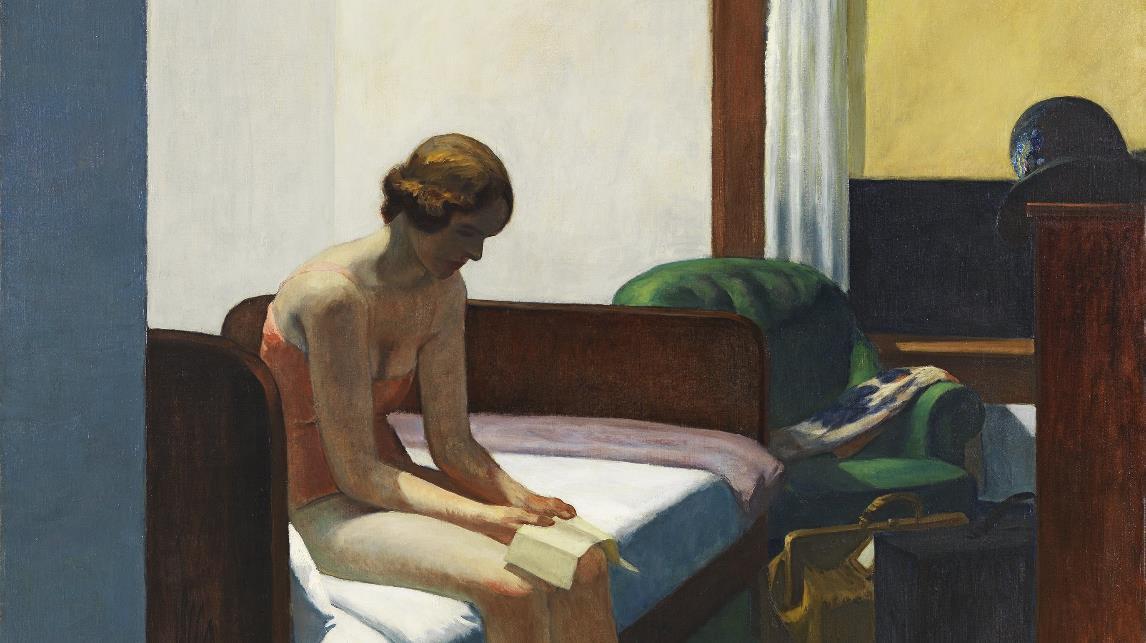



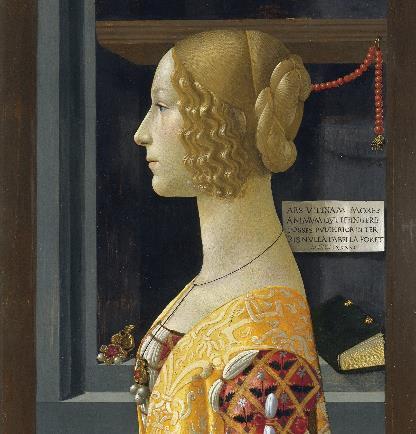
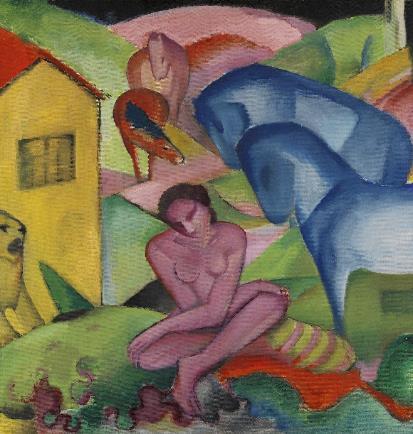
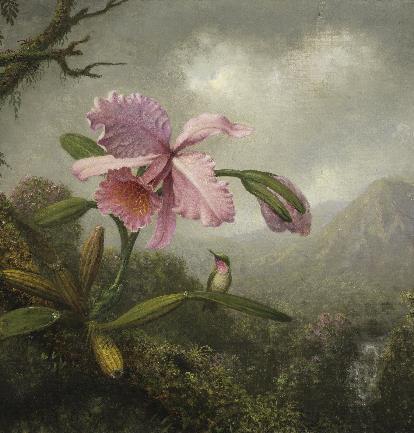
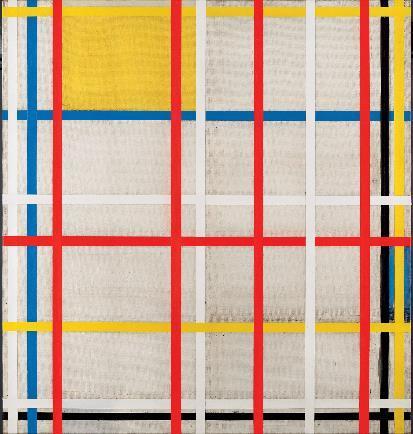
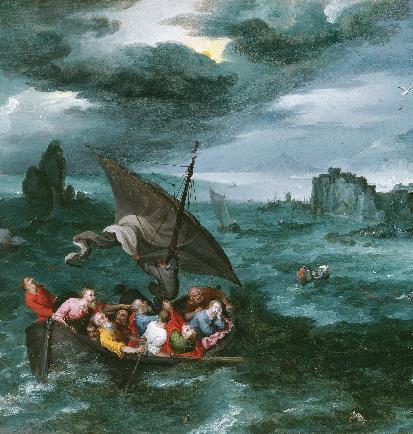

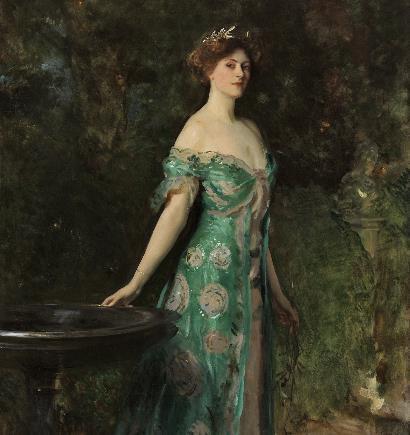
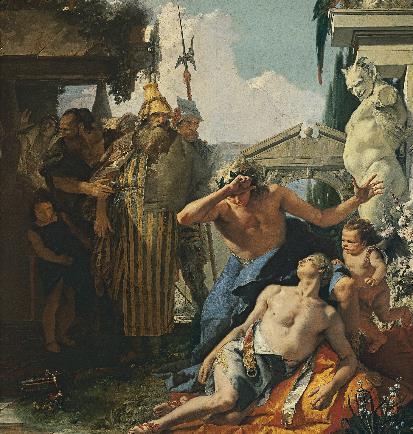
Giambattista Tiepolo The Death of Hyacinthus ca. 1752-1753
© Museo Nacional Thyssen-Bornemisza, Madrid
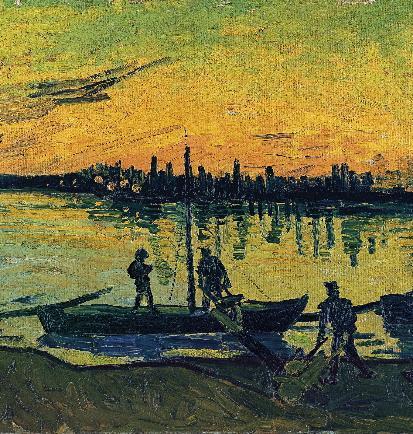
Vincent van Gogh The Stevedores in Arles, 1888
© Museo Nacional Thyssen-Bornemisza Madrid


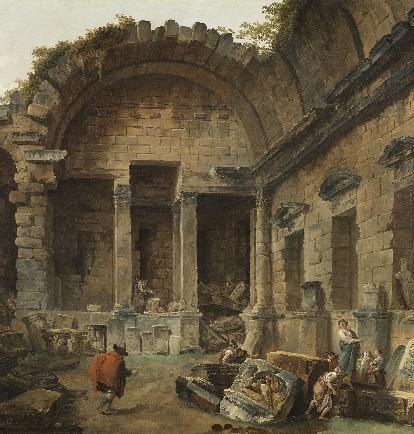
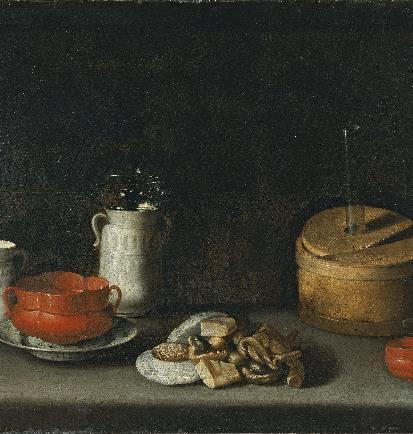
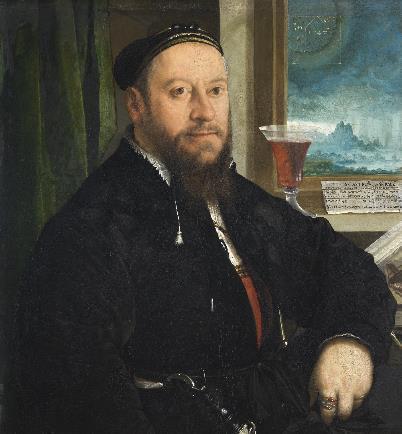
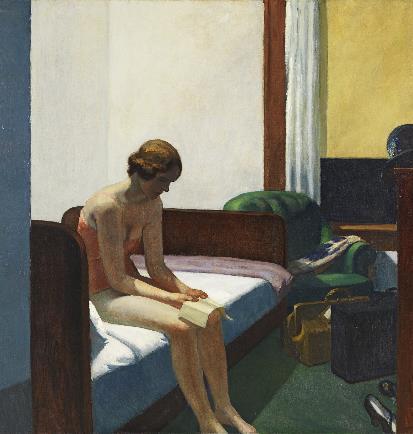
© Museo Nacional Thyssen-Bornemisza Madrid
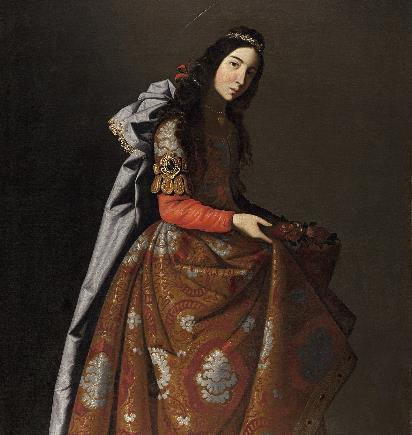
Zurbarán Saint Casilda, ca. 1630-1635
© Museo Nacional Thyssen-Bornemisza Madrid
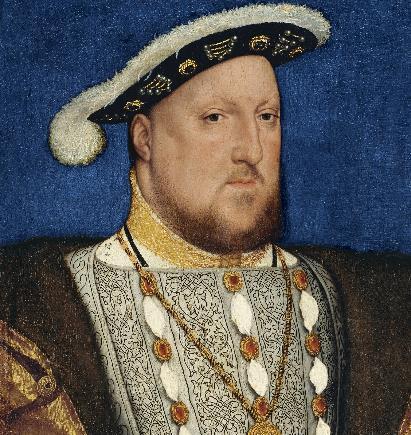
Hans Holbein the Younger Portrait of Henry VIII of England ca. 1537
© Museo Nacional Thyssen-Bornemisza Madrid
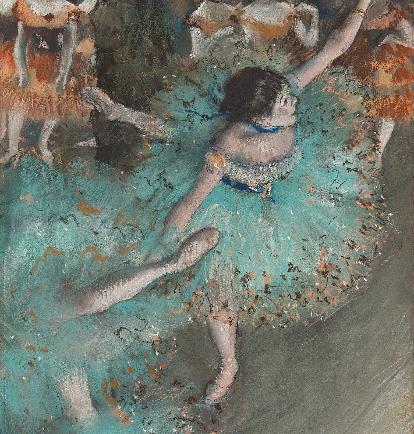
Edgar Degas Swaying Dancer (Dancer in Green), 1877-1879
© Museo Nacional Thyssen-Bornemisza Madrid
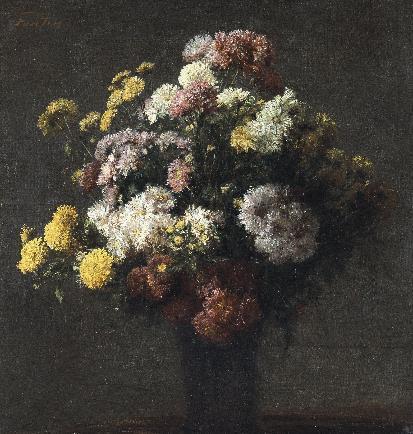
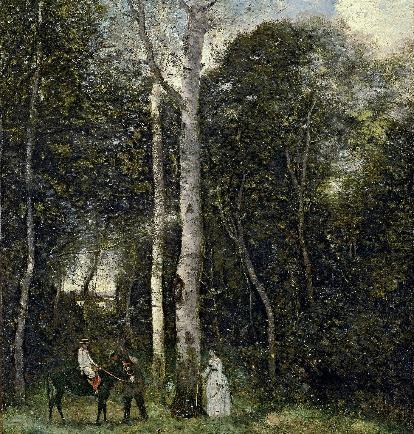

Flemish, Netherlandish and Dutch painting
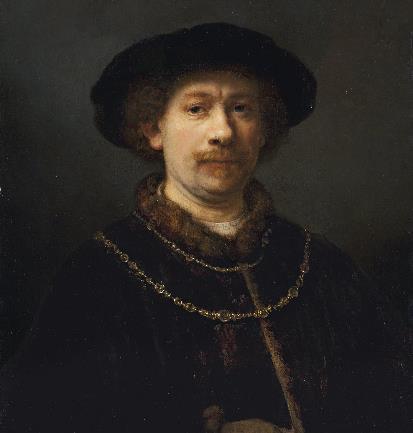
Harmensz van Rijn Rembrandt
Self-portrait wearing a hat and two Chains, ca. 1642-1643
© Museo Nacional Thyssen-Bornemisza Madrid

Hubert Robert
Interior of the Temple of Diana at Nîmes 17(83)
© Museo Nacional Thyssen-Bornemisza, Madrid
Life at home, design for a better everyday life
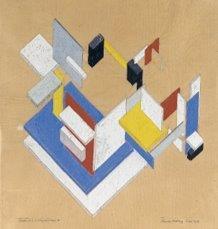
Theo van Doesburgt
Construction in Space-Time II, 1924
© Museo Nacional Thyssen-Bornemisza, Madrid
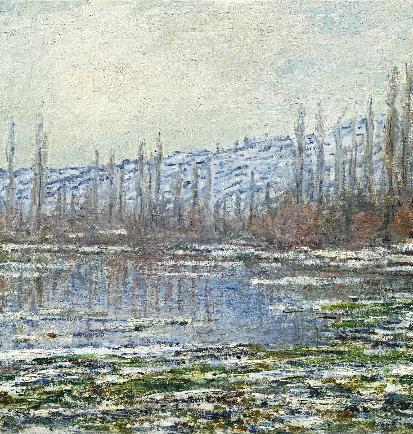
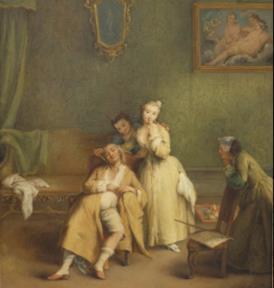
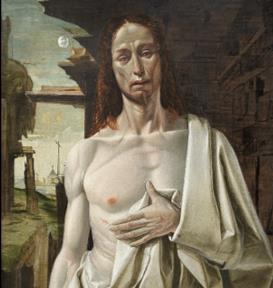
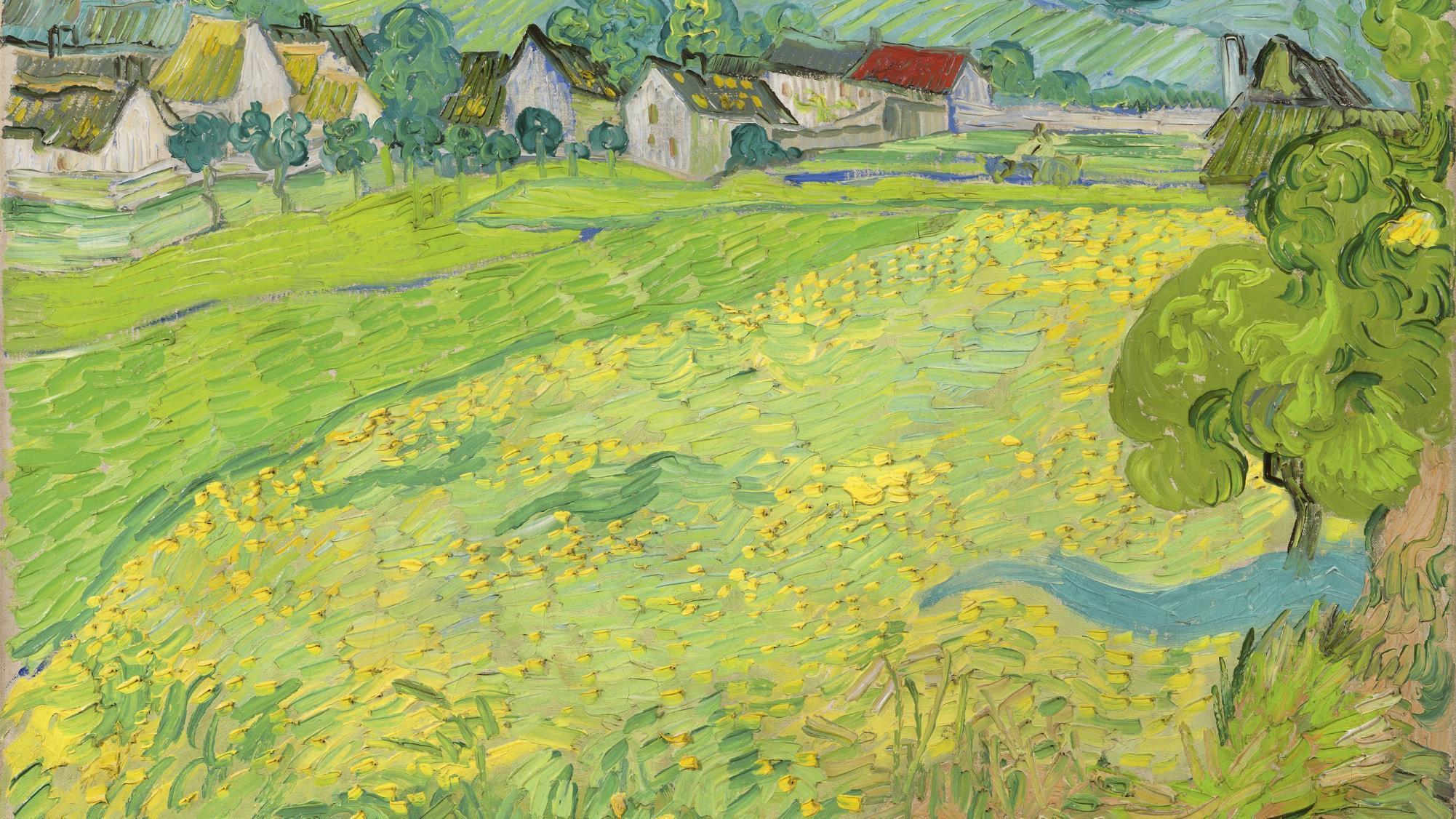
The collection of the Museo Nacional Thyssen-Bornemisza, which focuses on European and North American painting, spans a chronological arc between the 13th century and the 1980s. This tour takes visitors on a journey through the history of Western painting. The visit begins on the first floor with Italian Trecento painting and continues with German, Dutch, Spanish and Italian Renaissance and Baroque painting (15th, 16th and 17th centuries). Special attention should be paid to the room dedicated to Renaissance portraiture, where the different approaches of northern Europe and Italy can be appreciated.
On the first floor, the visit continues with 18th-century English and French painting, followed by 19th-century European painting, which marks the origins of modern Western art. After seeing, through some representative works - movements such as Romanticism, Naturalism and Realism, which anticipated some of the changes on which modern European art was based - special attention is paid to Impressionism and PostImpressionism with the work of artists such as Monet, Van Gogh and Cézanne. The different avant-garde movements of the first half of the 20th century are then explored sequentiqally through different works, leading us to the ground floor of the museum. Fauvism, Expressionism, Cubism, Futurism, Constructivism, Suprematism, Neo-Plasticism and Surrealism are fittingly represented by the work of artists such as Matisse, Kandinsky, Picasso, Mondrian and Dalí. Finally, the last rooms of the collection are dedicated to European and North American post-war art from the second half of the 20th century, when the centre of the avant-garde shifted from Paris to New York, and new artistic paradigms emerged as a consequence of the two world wars which dominated the 20th century.
DURATION 90 MINUTES
Available in person or in virtual live format
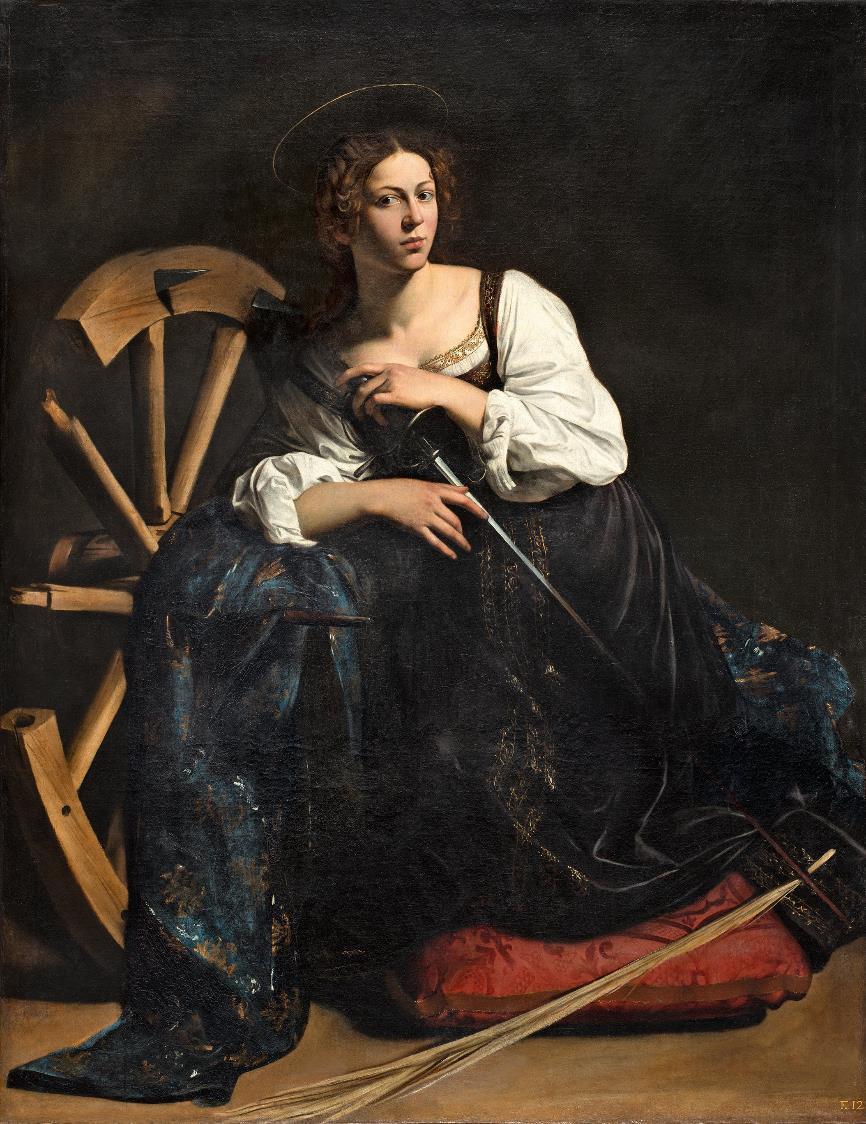
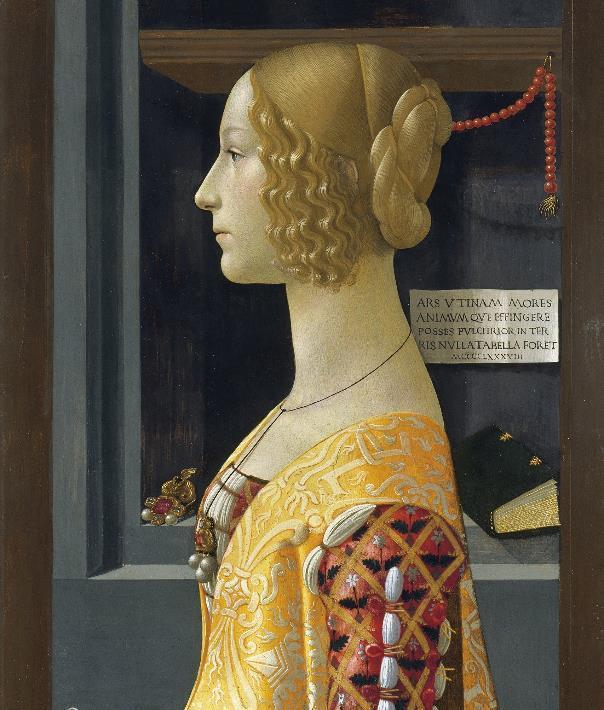
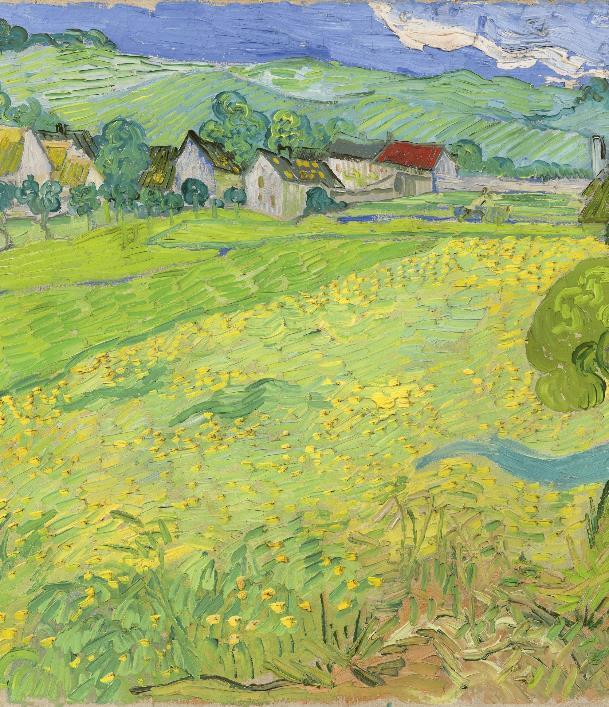
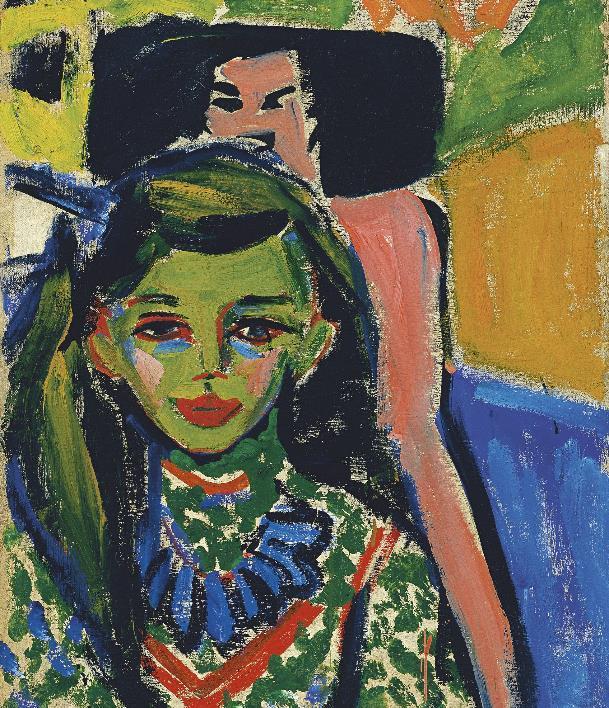
This tour offers the opportunity to take a closer look at the collecting of the Thyssen family, who in just three generations, managed to assemble what is considered to be the most important private collection in the world, with the exception of that of the Queen of England.
The visit begins with four of the seven marble sculptural groups that August Thyssen commissioned from Auguste Rodin between 1905 and 1911. Although August’s collecting did not extend much further, it had a profound effect on his son Heinrich, who became Baron Heinrich Thyssen-Bornemisza after his 1906 marriage to the daughter of a Hungarian baron. Like his father, Heinrich began by decorating his castle with works of art, but it was after August’s death that he turned to collecting on a grand scale, taking advantage of the sale of important collections after the crash of 1929. After his death in 1947, the collection was divided among his four sons, and it was the youngest of them all, Hans Heinrich Thyssen-Bornemisza, who managed to bring it together by acquiring works offered for sale by his brothers. He soon began to expand the collection of Old Masters that his father had begun and, from 1961, he temporarily extended it with the purchase of modern paintings linked to German Expressionism, Impressionism, the 20thcentury avant-garde, Pop Art and Hyperrealism.
The visit concludes with a mention of the signing of the transfer of the collection to Spain in 1988, the opening of the Thyssen-Bornemisza Museum in 1992 and the final purchase of the collection by the Spanish State in 1993.
DURATION 75 MINUTES
Available in person
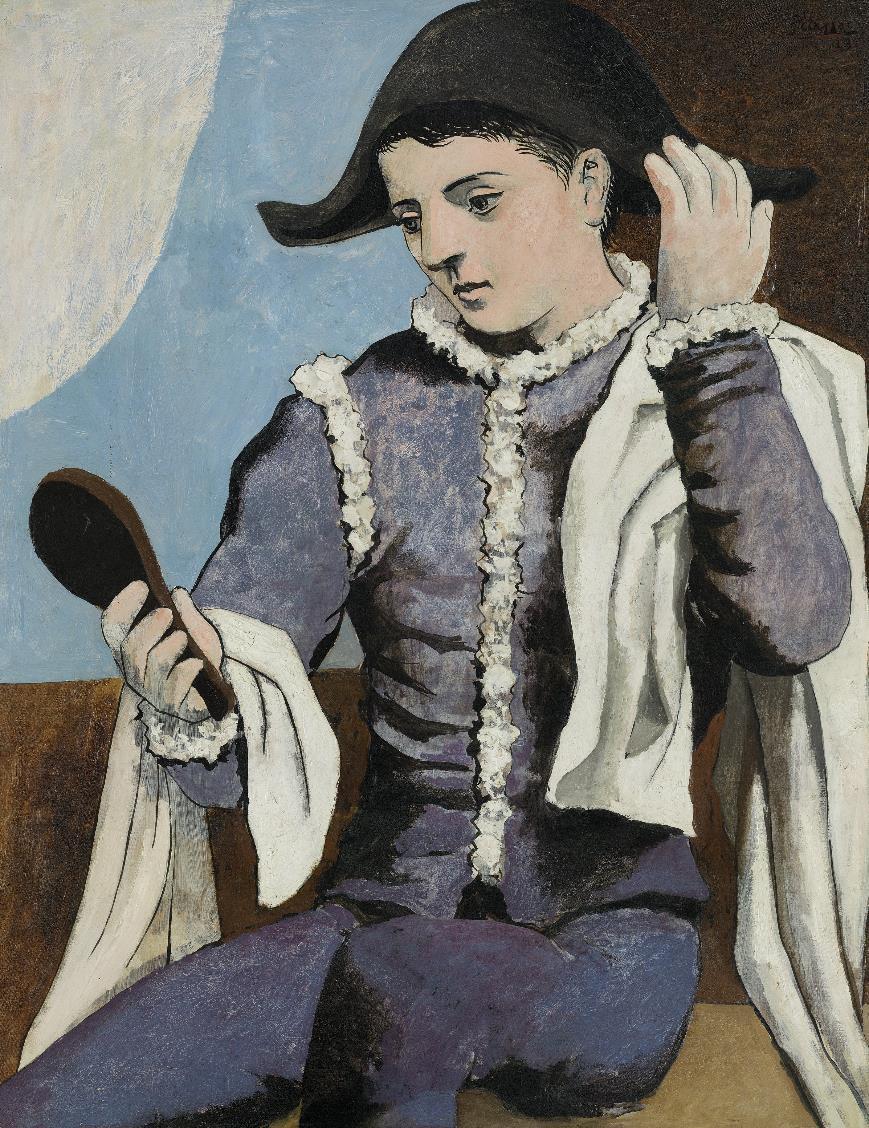
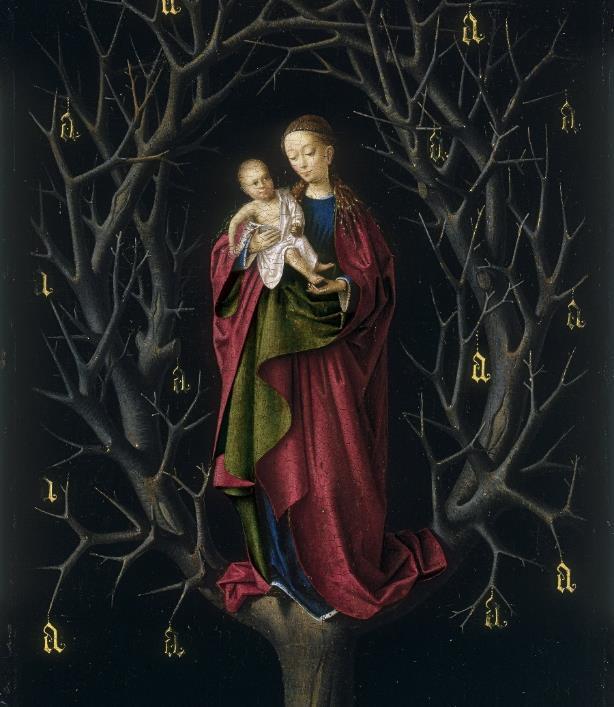
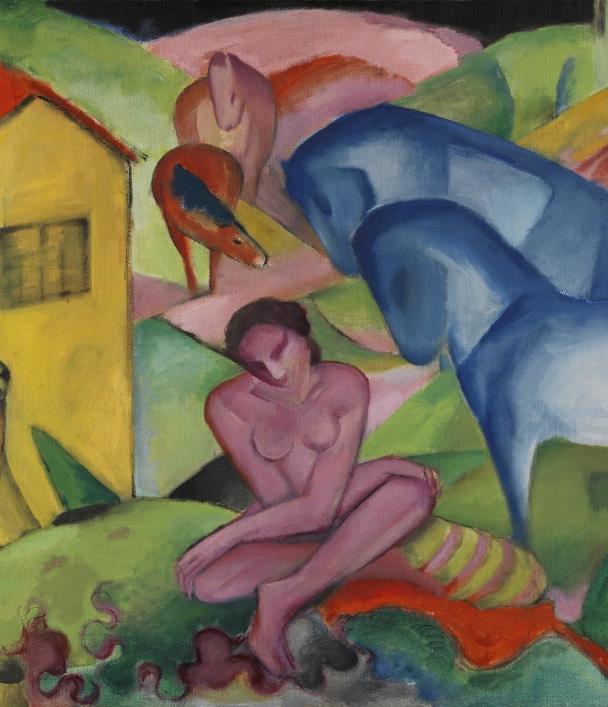
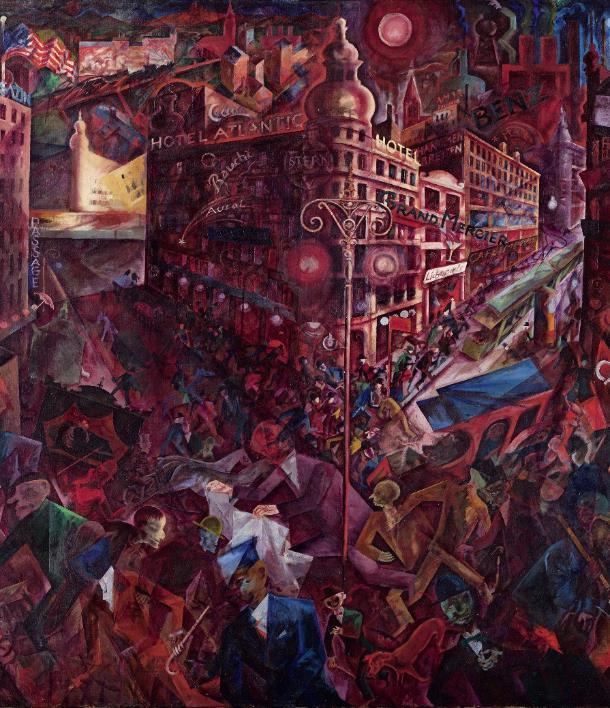
This visit offers a journey through the collecting activities of Baroness Carmen Thyssen, in close proximity to those of her husband Baron Hans Heinrich Thyssen-Bornemisza. The collection also covers a chronological arc from the 14th to the 20th century, including landscape painting, Veduta and 19th-century American and French painting, through works by Canaletto, Fragonard, Courbet, Boudin, Monet, Sisley, Renoir, Degas, Gauguin, Rodin, Matisse, Picass and Kirchner.
DURATION 60 MINUTES
Available in person or in virtual live format
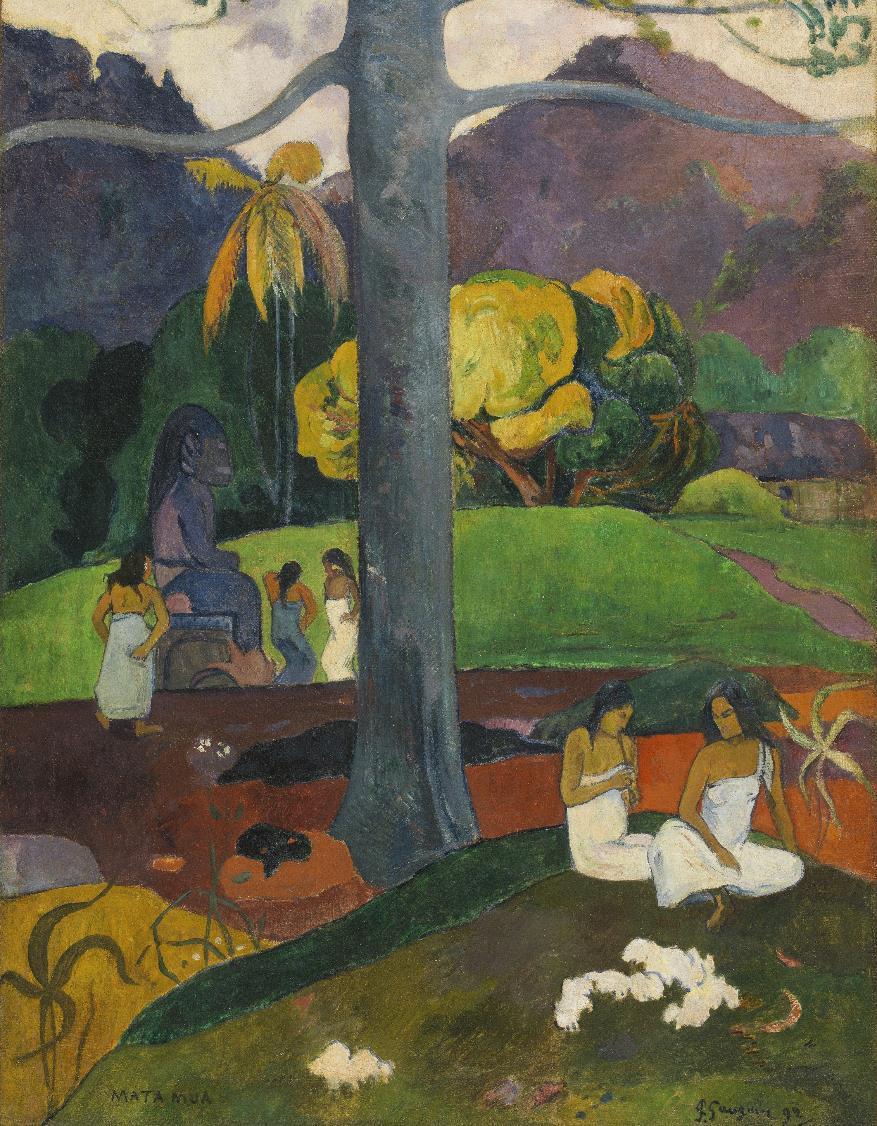
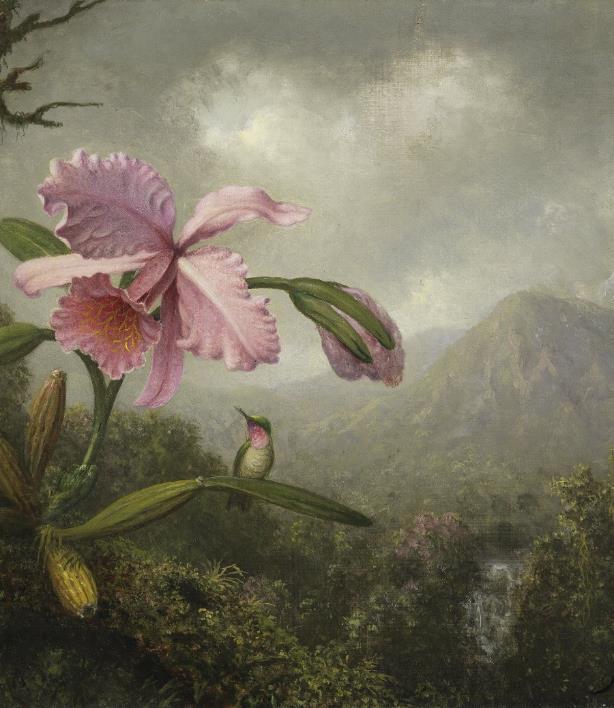
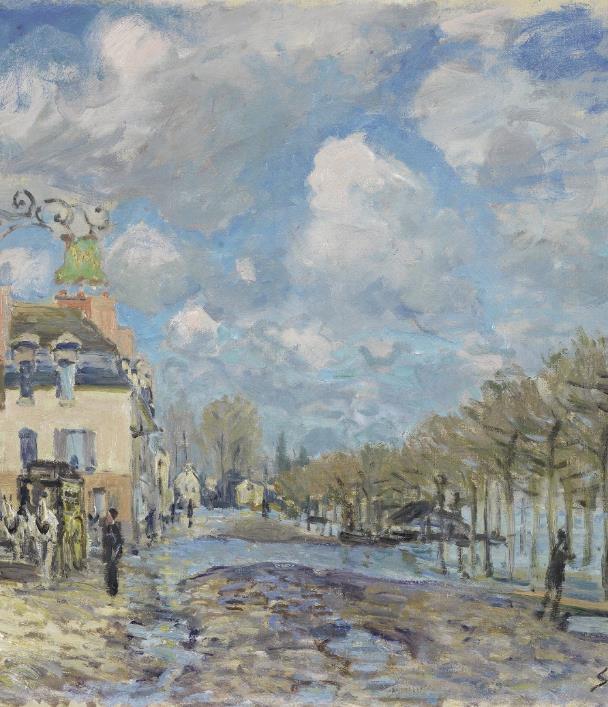
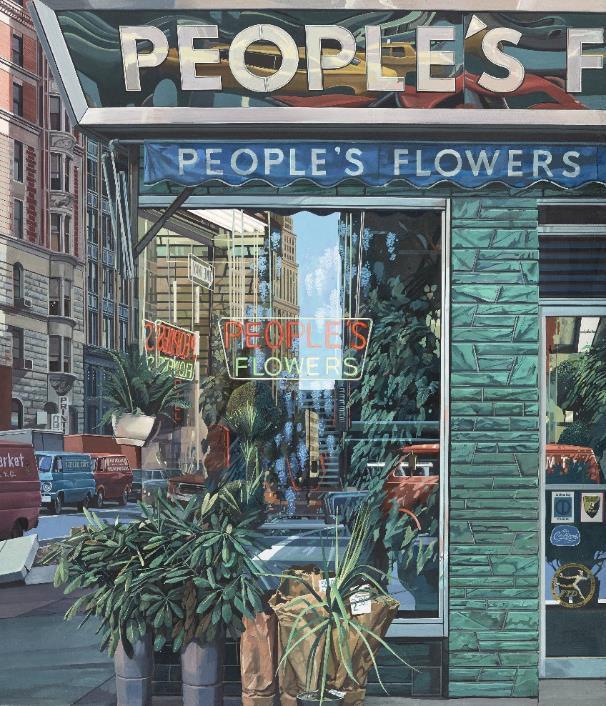
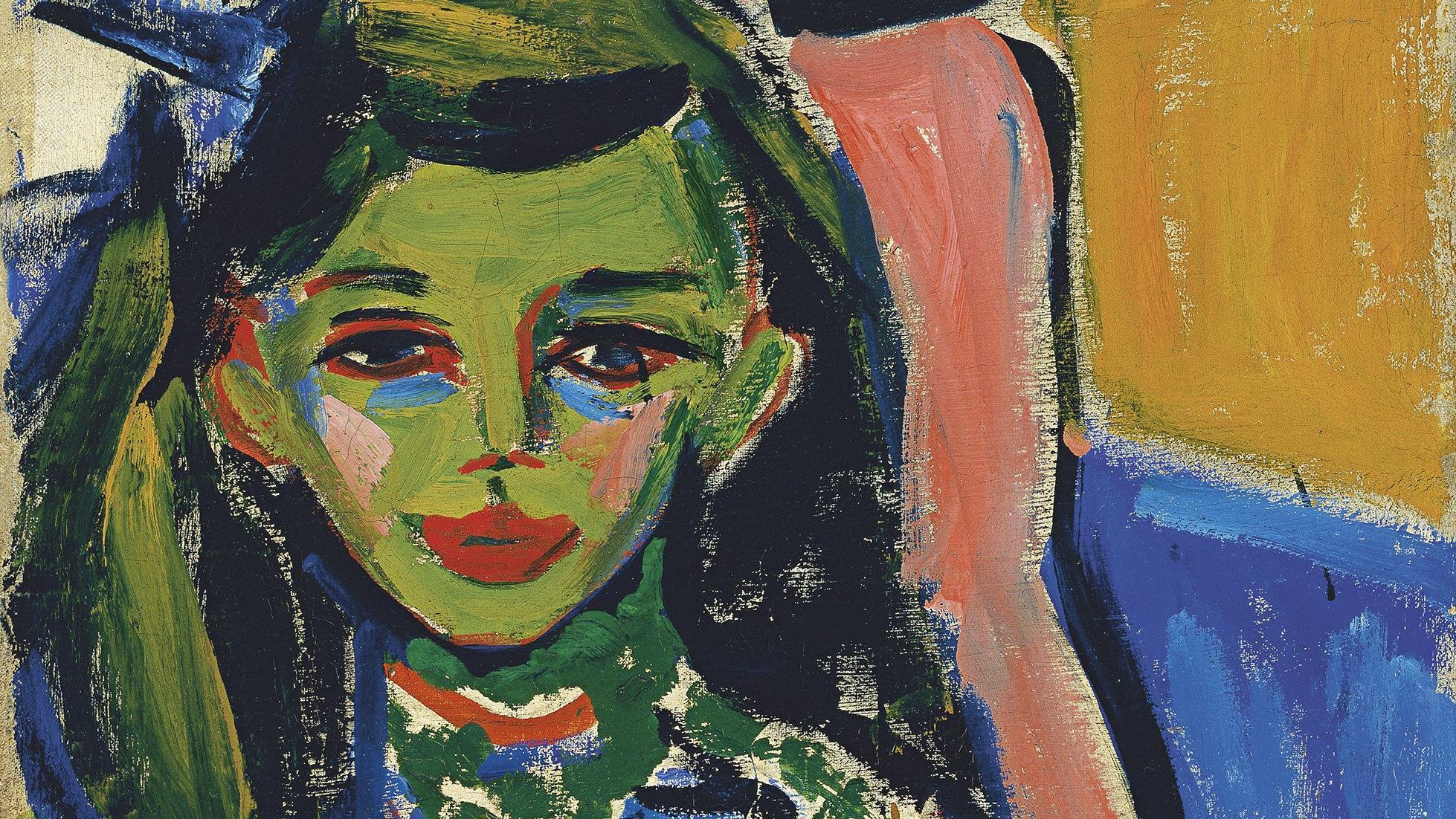
The history of Western painting from the Renaissance to the present day can be understood as a continuous succession of ground-breaking and innovative proposals that have contributed to shaping today’s art. This visit offers a journey through some of the technical, stylistic and thematic renovations in Western painting which highlight the need for innovation that mankind has experienced throughout its history. Through a selection of masterpieces from the collection, and delving into the role played by the artists themselves in these processes, the visit covers some of the paradigmatic changes in the History of Western Art, such as the invention of perspective, the replacement of tempera by oil paint, the colour revolution in 16th century Venice, the break with Caravaggist tenebrism, the development of new pictorial genres in 17th century Holland, the outdoor painting that began in the 19th century and the incorporation of industrial materials into works of art; as well as the revolutions intrinsic to the historical avant-garde.
DURATION 75 MINUTES
Available in person or in virtual live format
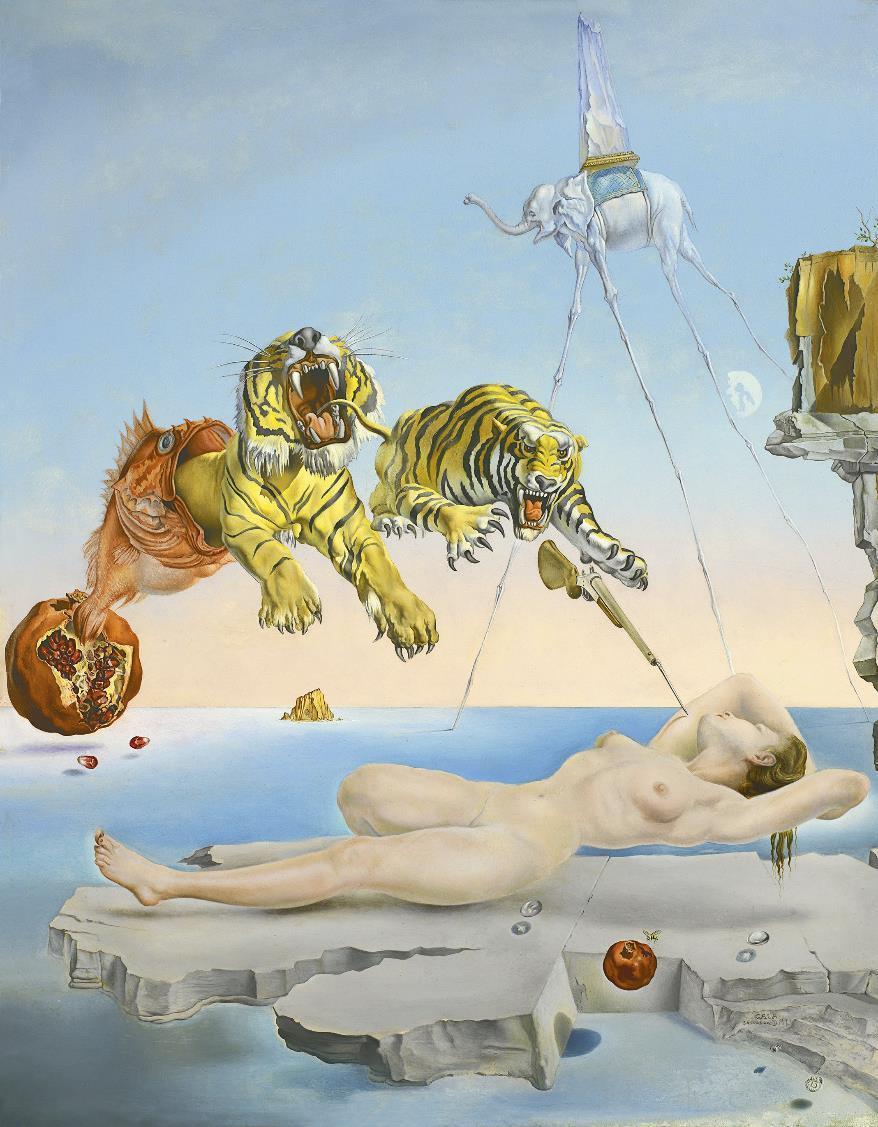
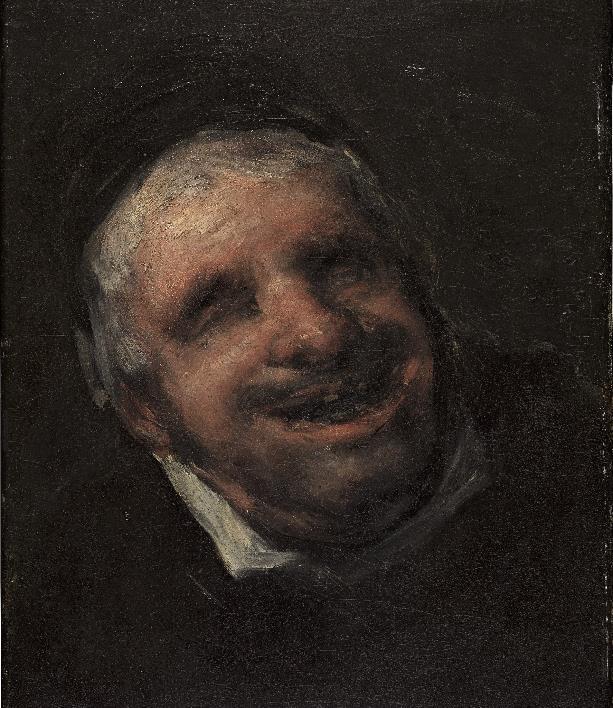
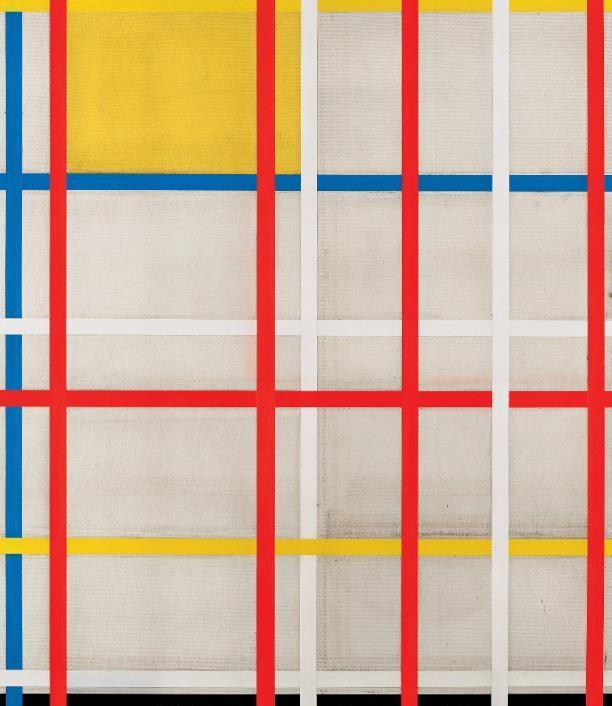
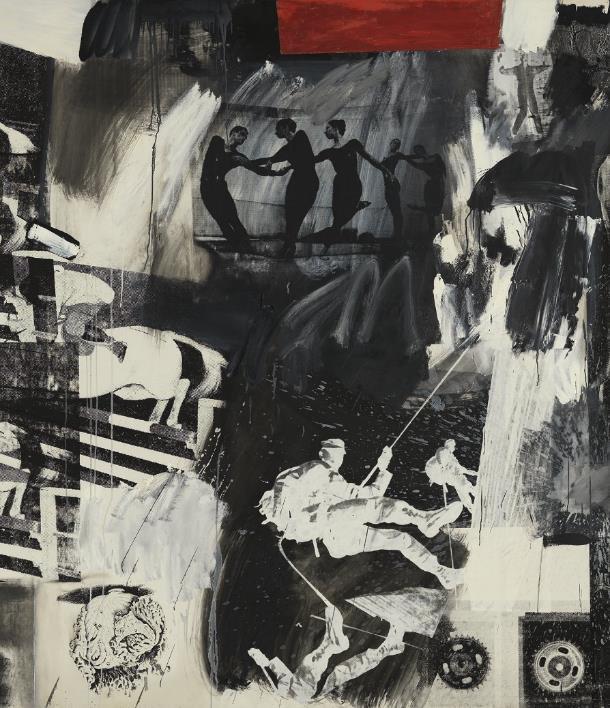
The study of pictorial techniques and the analysis of materials throughout the ThyssenBornemisza collection allows us to get to know the works of art in detail, to study in depth the artist’s creative process, their working methodology and to understand how each technique corresponds to its own era and creative purpose. Within the techniques, the manner of creation presents itself and speaks to us, revealing the process of the work’s production, leaving visible the brushstroke or the mark of a tool, and allowing us to define each artist. All of this information enables us to undertake the restoration of works such as The Knight by Carpaccio, St. Mark’s Square in Venice by Canaletto or The Death of Hyacinth by Giovanni Battista Tiepolo, with the utmost rigour and respect.
DURATION 90 MINUTES
Available in person
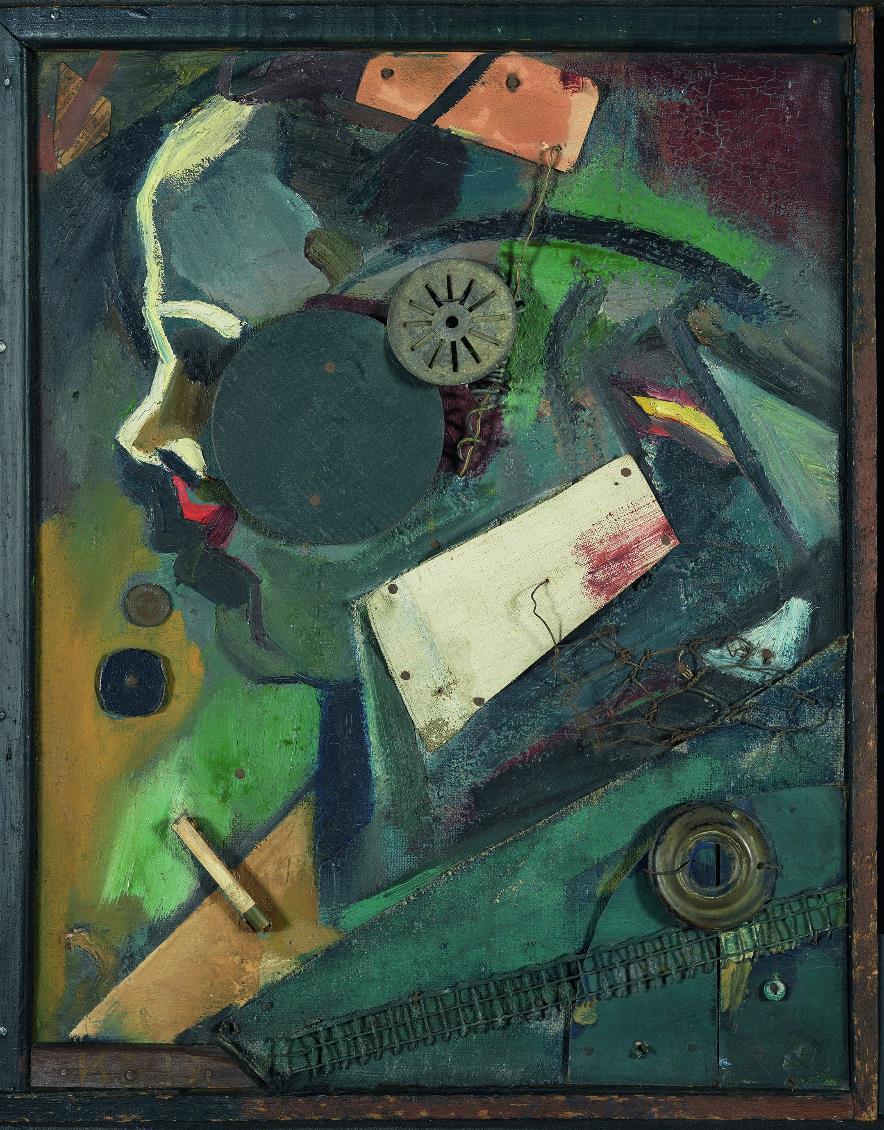
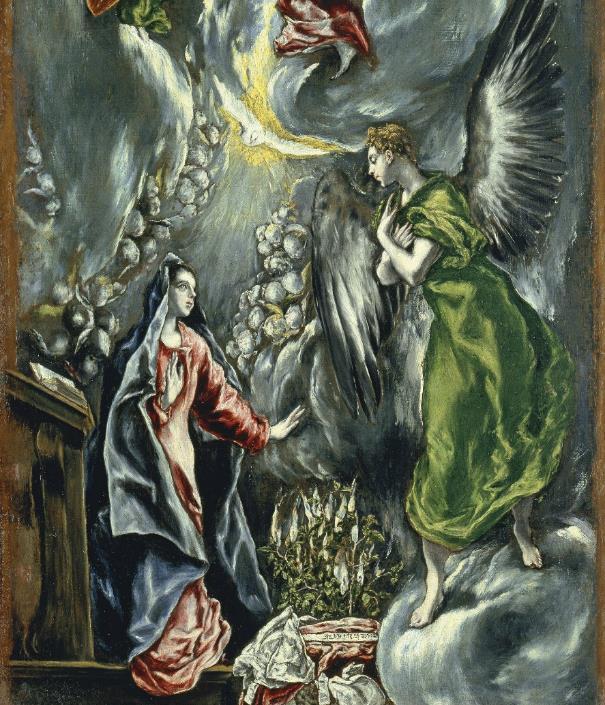
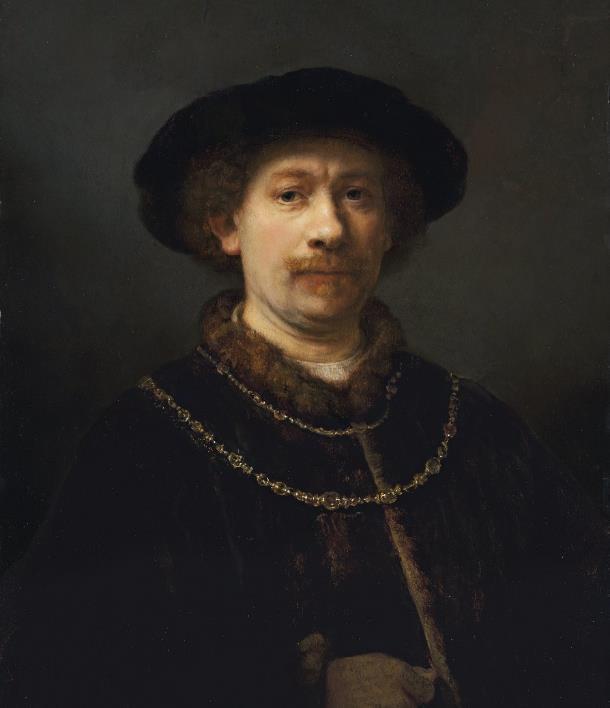
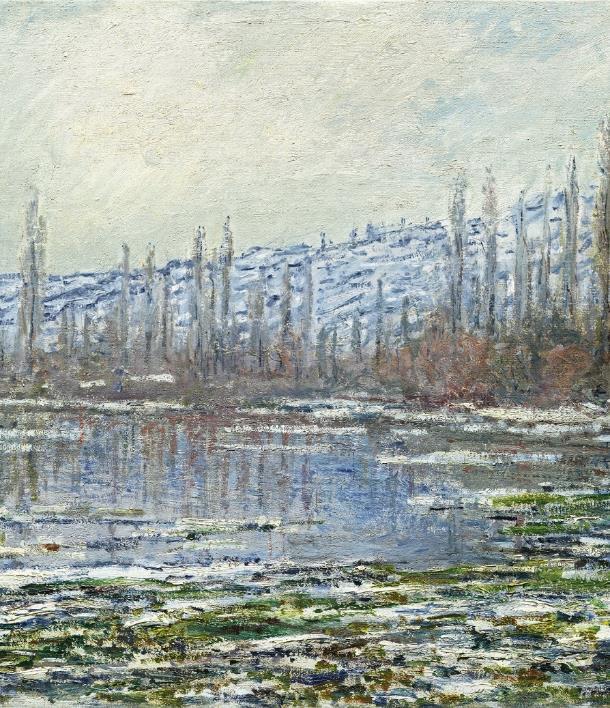
This tour explores the aesthetic, plastic and symbolic charge of colour throughout the history of painting. Two independent visits, which could be combined into a single visit based on a selection of the most representative works, trace the presence of colour in the history of Western painting from the 14th century to the second half of the 20th century. The first visit focuses on medieval, Renaissance and Baroque works, ending with paintings from the 18th century and the beginning of the 19th century. The second tour takes Impressionist painting as its starting point. Chevreul’s scientific theories on the perception of colours, and the technical advances that allowed the commercialisation of industrial paint tubes, are fundamental in the configuration of this style. From there, the different avant-garde movements in which the chromatic elements stand out above the line of the drawing, arriving at American Abstract Expressionism and Pop Art in the middle of the 20th century. Through this visit, some of the ideas developed in the West about chromaticism are perceived, reflecting on its role in the creation and configuration of artistic theories, tracing its possible symbolism and analysing its importance for the development of new artistic proposals.
DURATION 60 MINUTES
Available in person or in virtual live format
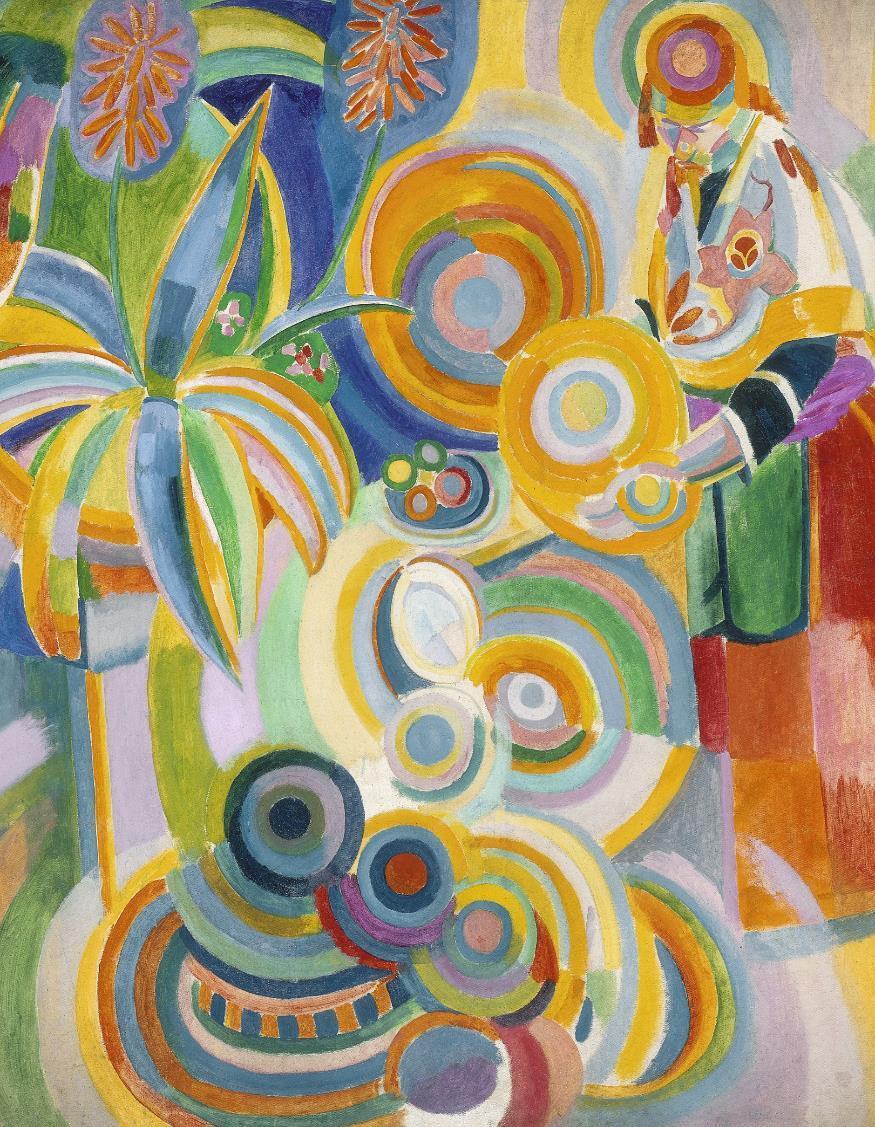
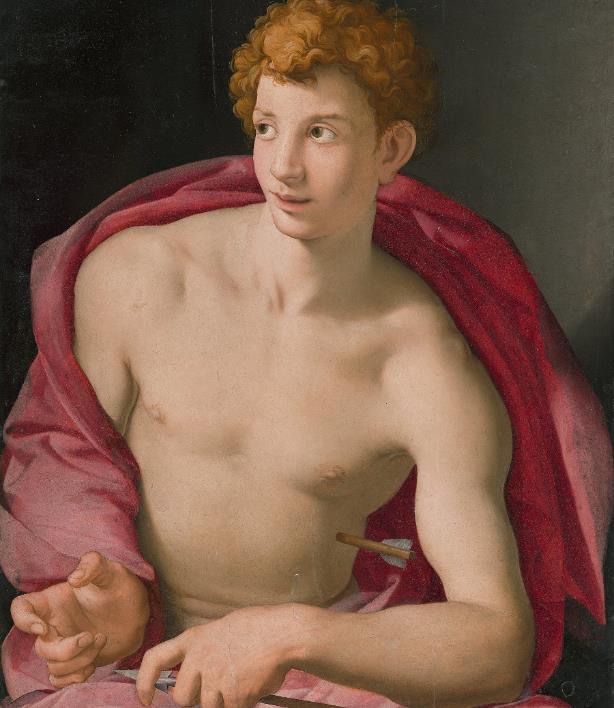
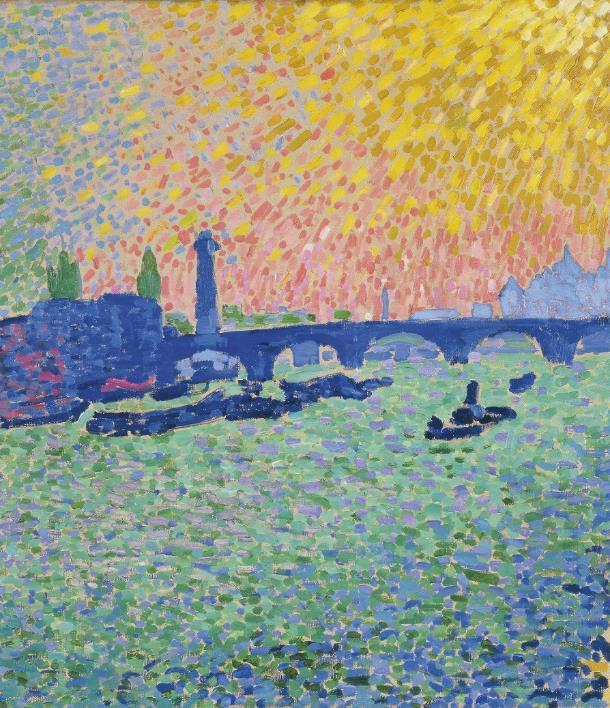
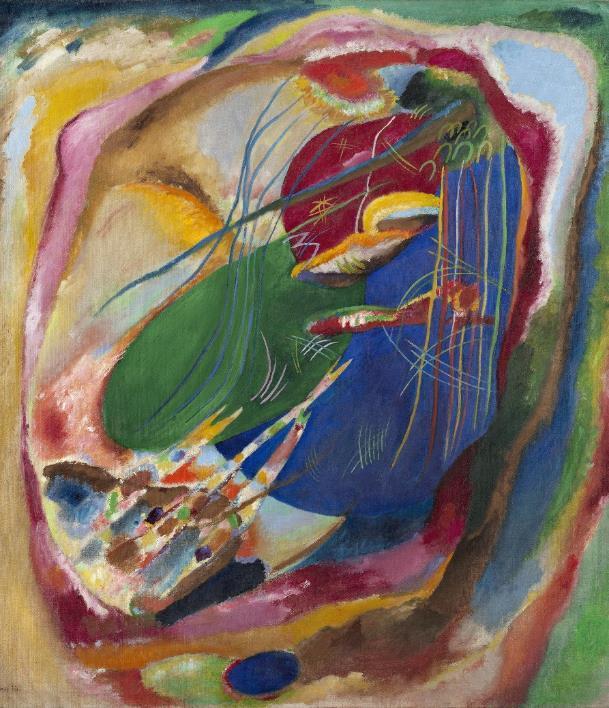
Women have frequently been represented throughout the history of art, undergoing various transformations depending on the canons and cultural contexts of each period. This journey offers a panoramic, transversal view of the representation of the female image in Western painting from the Renaissance to the 20th century. Virtue, ideal beauty, sensuality, emancipation, illness, the female self-portrait, women as temptation, the artists and intellectuals of modernity and the muses are some of the topics around which the visit is arranged.
DURATION 75 MINUTES
Available in person or in virtual live format
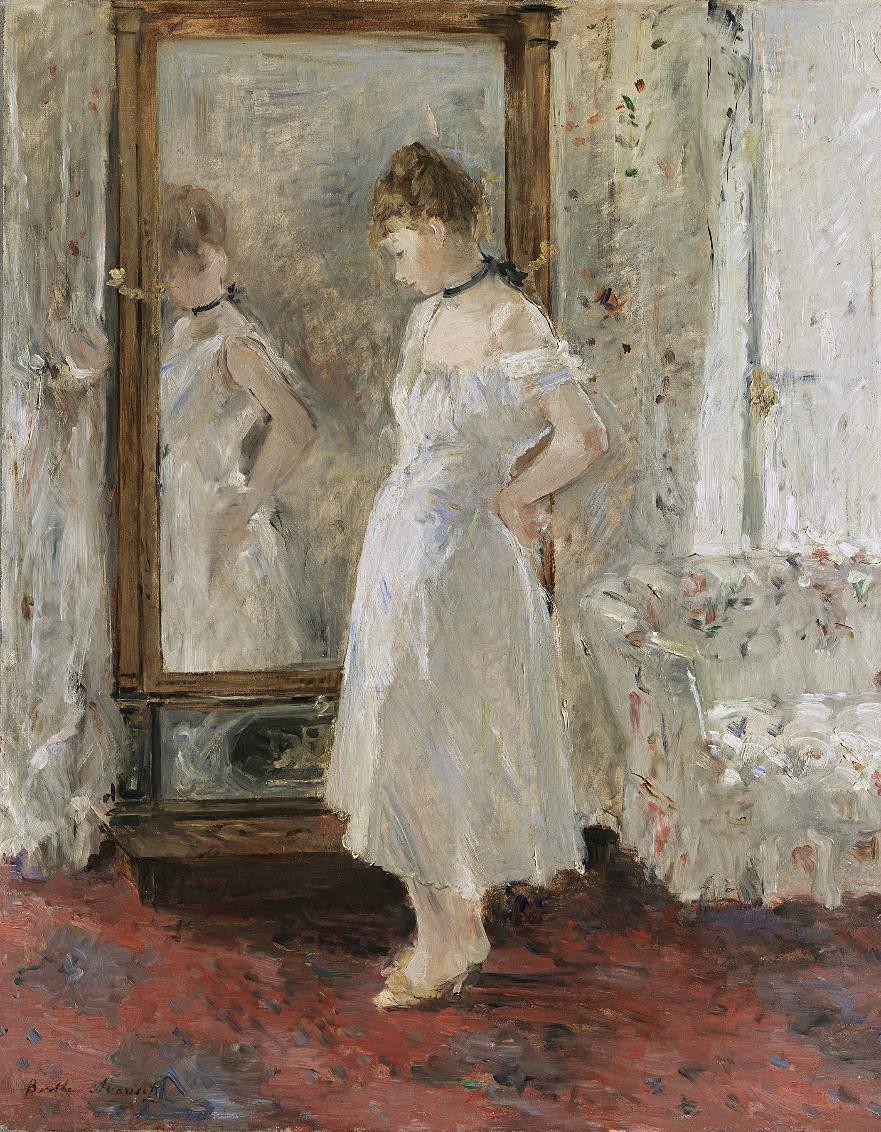
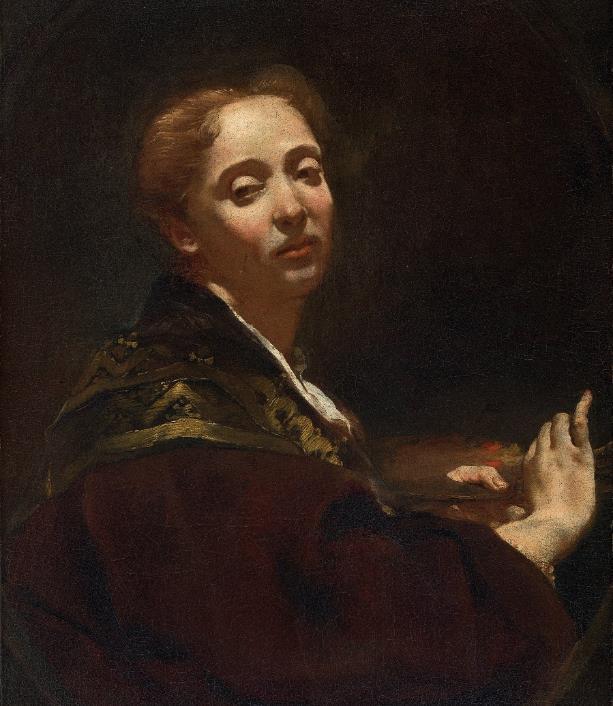
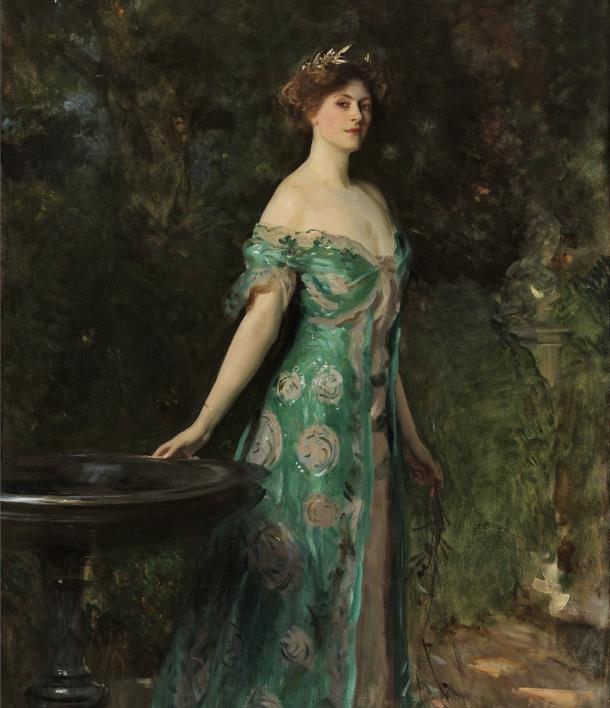
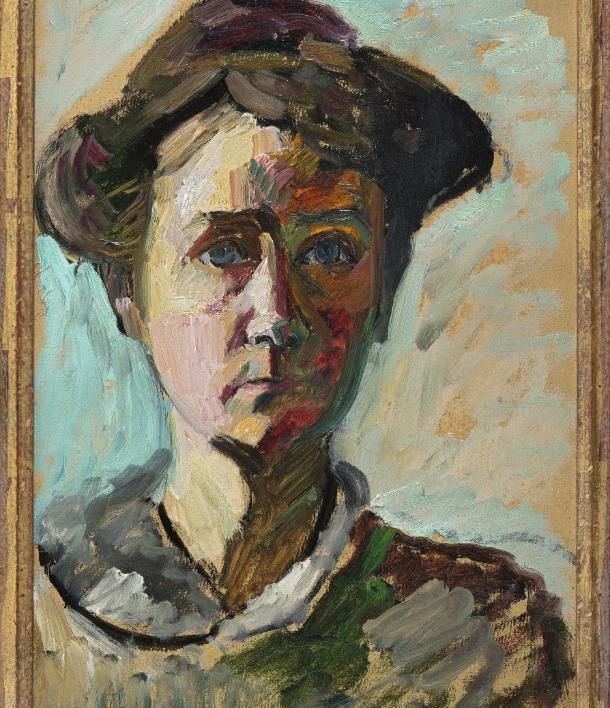
This visit proposes an itinerary through the key themes and characters of Western culture related to the sensibility and experiences of the LGTBI community. Both the iconography and themes of the works as well as the biographies of the artists themselves are linked to non-normative identities or sensibilities from a sensual or social perspective. Characters such as Saint Sebastian, Hercules, David or Manet’s Amazon are combined with artists such as Caravaggio, Hockney, Bacon or Rauschenberg.
DURATION 75 MINUTES
Available in person or in virtual live format

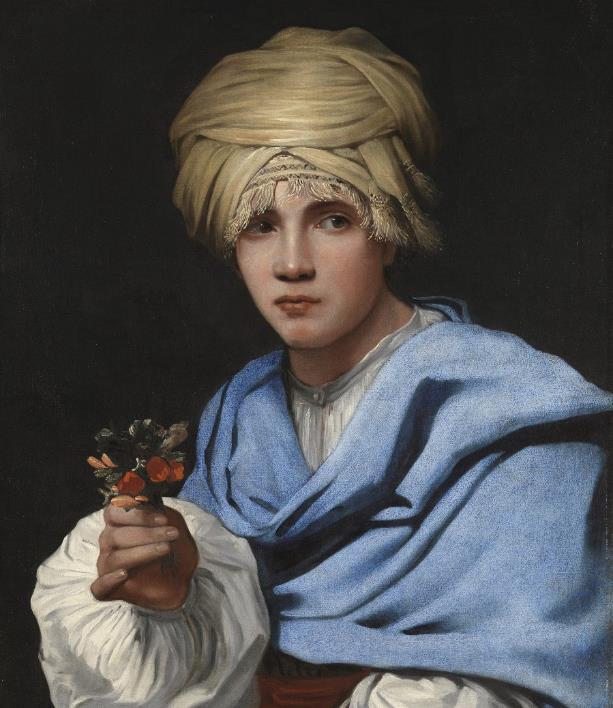
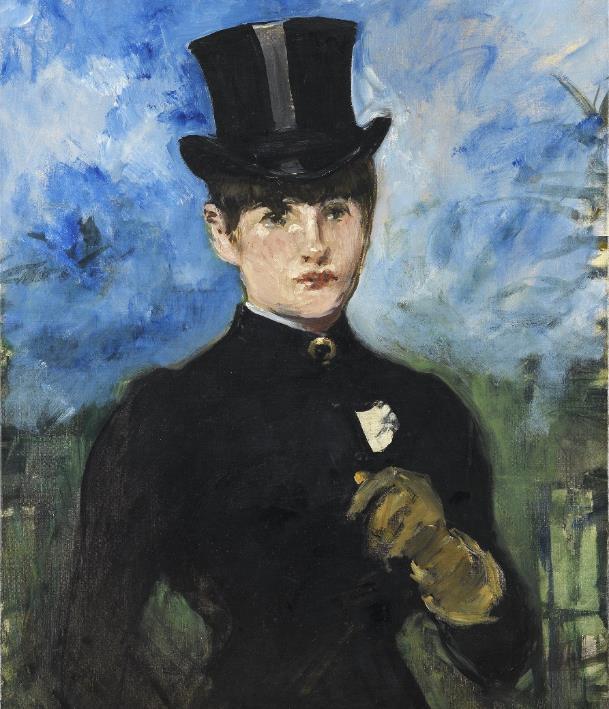
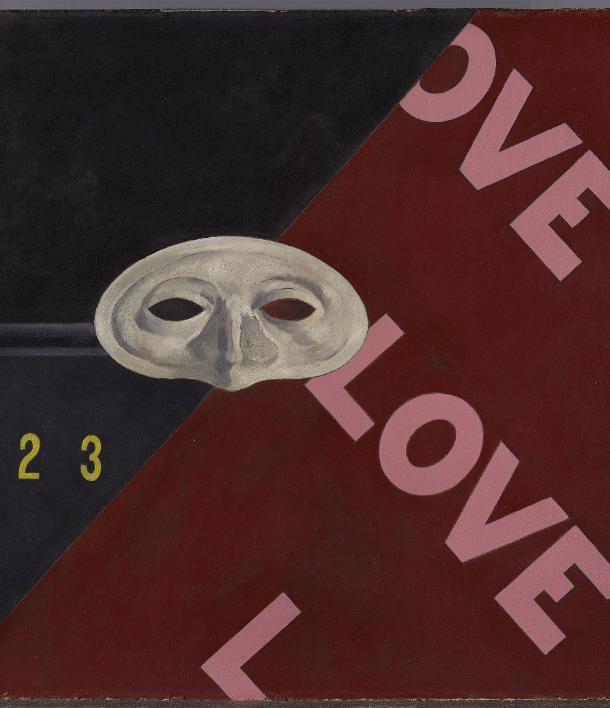
Along this tour, works from the collection are reinterpreted in terms of ecology, economy and society in order to historically trace the relationships between cultural production, society and sustainable development. On view will be landscapes in different styles: Schwitters’ merz composition made from recycled materials and the work of the artist Romare Bearden, who fought for the rights of black people in the United States.
DURATION 75 MINUTES
Available in person or in virtual live format
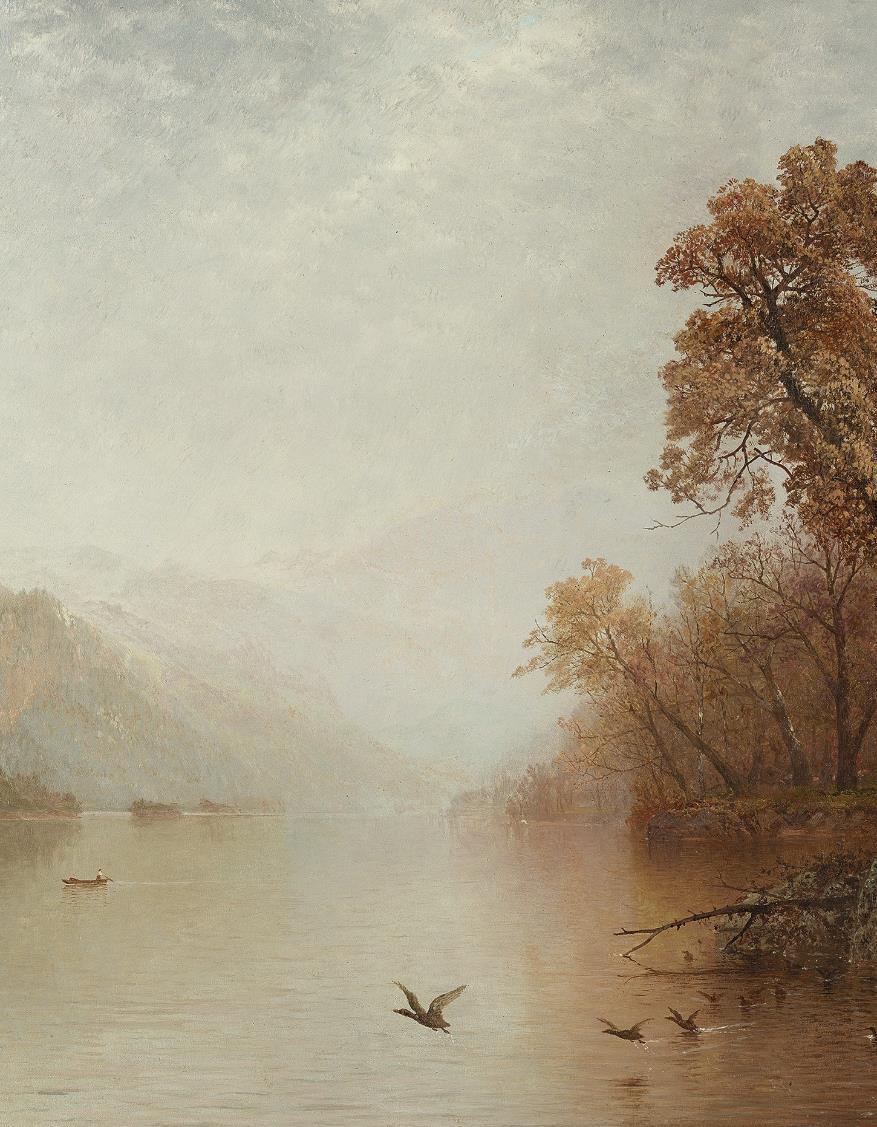
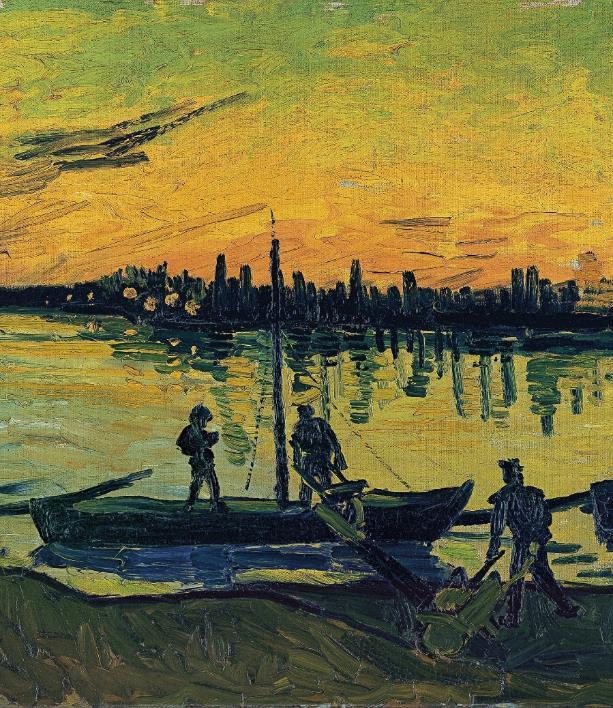

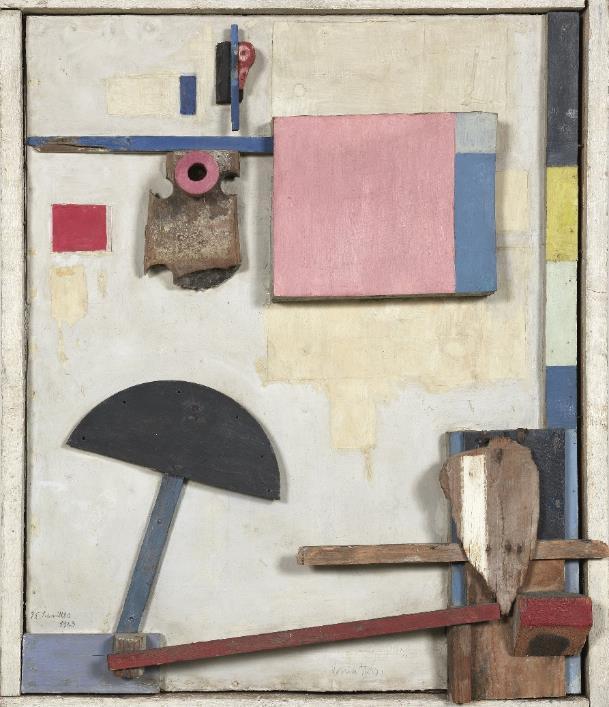
Establishing a link between art and cuisine, this tour proposes a visit to the collection that focuses on food not only as a source of sustenance but also as a manifestation of wealth, a social ritual and a convivial pleasure that brings all the senses into play. The tour begins with the work by Kessel which depicts the confluence of the Paseo del Prado and the Carrera de San Jerónimo, where the Thyssen-Bornemisza Museum now stands, as it did during the reign of Charles II. The painting depicts water carriers and a churrera. The exhibition goes on to propose the contemplation of works in which food, nourishment, taste and eating take on a special role. Religious themes such as the Last Supper, Adam and Eve and Esau selling his first-born daughter are particularly relevant. To these should be added allegorical or mythological depictions that allude to the sense of taste or genre paintings in the Dutch and French tradition. In these works, food occupies a prominent place and contributes a symbolic charge to the work. The gastronomic theme reached the second half of the 20th century with Estes’s hyperrealist depiction of the New York fast-food chain Nedik’s.
DURATION 75 MINUTES
Available in person
More info
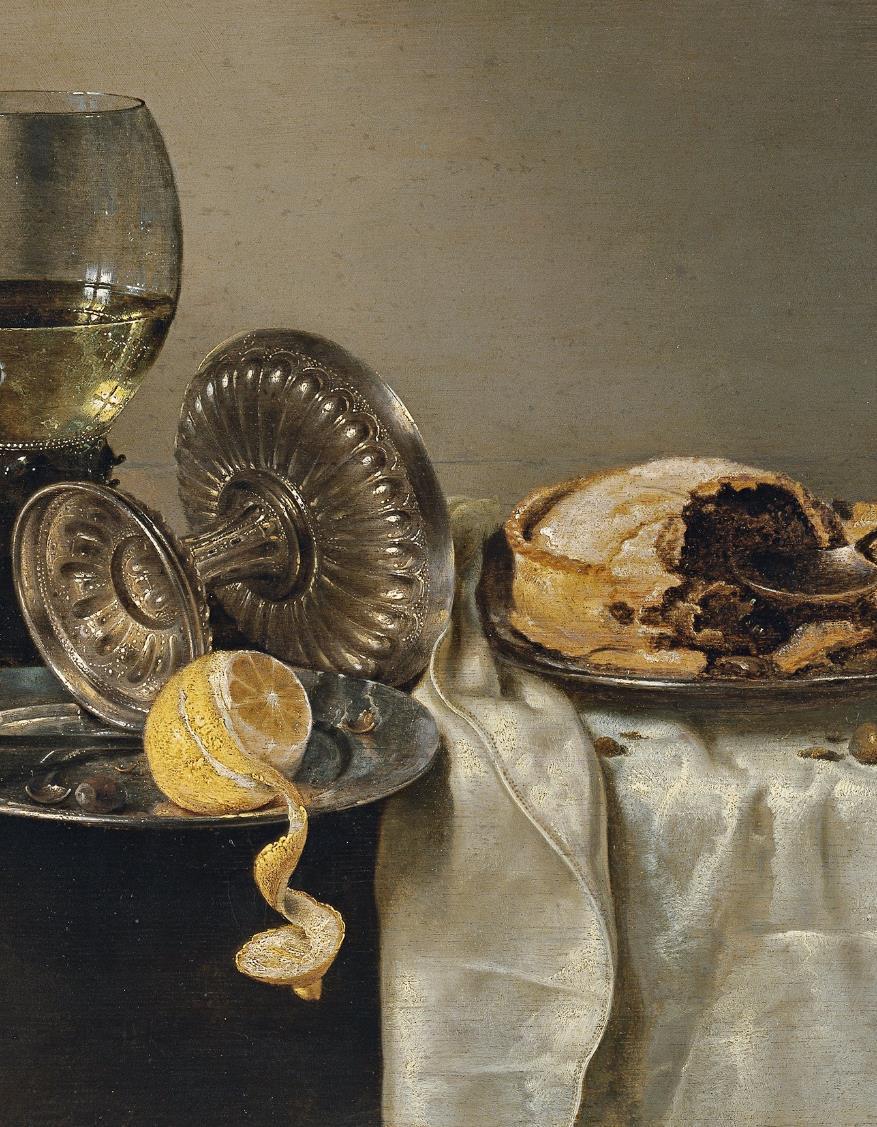
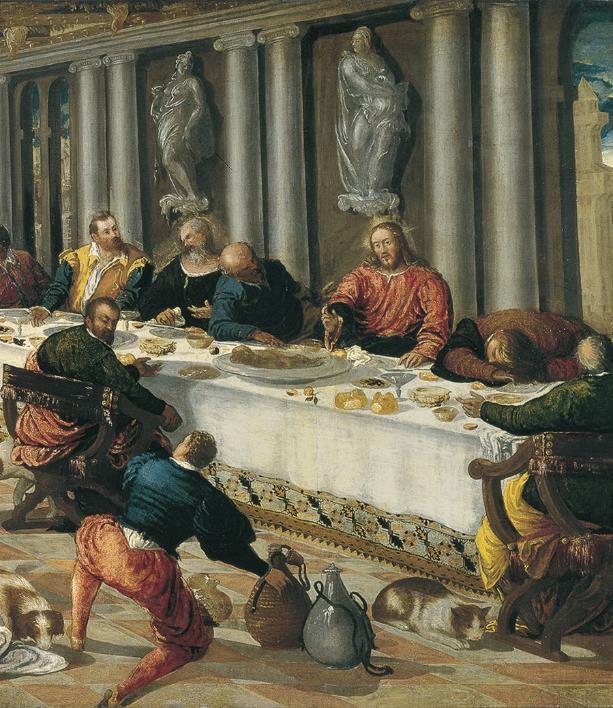
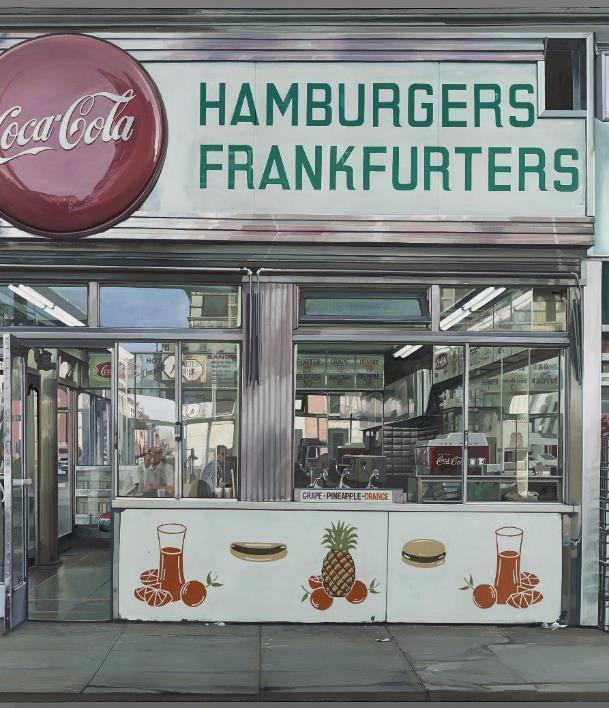
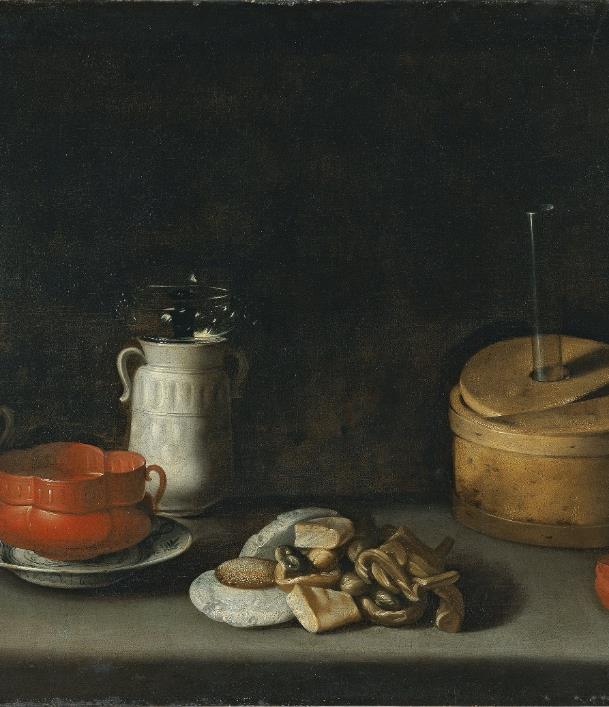
Linked to both religious rituals and everyday life- as can be seen throughout this visitwine has been an important source of artistic inspiration in the History of Art. The allusion to wine and the vine in Christian painting refers to the Eucharist and the redemptive role of Jesus Christ, visible in Lucas Cranach’s The Virgin and Child with a Cluster of Grapes or in the scenes of the Last Supper. The central place of wine can also be seen in genre painting in the Italian and Dutch tradition. In Greco-Latin antiquity too, wine acquired significant importance, illustrated especially in the figure of the god Dionysus and his cult, the bacchanalia. These themes, as can be seen in Sebastiano Ricci’s work dedicated to Bacchus and Ariadne, were adopted again in the Renaissance with an ambiguous symbolic charge that placed them between the celebration of life and the representation of depravity. Wine also symbolically refers to amorous play and hedonism, as is evident in the still life with a bottle of wine in Fragonard’s Swing. The bottle and glass of wine reached the 20th century in works such as Kirchner’s Alpine Kitchen or the characteristic Cubist still lifes such as Juan Gris’s Bottle and Fruit Bowl.
DURATION 75 MINUTES
Available in person
More info

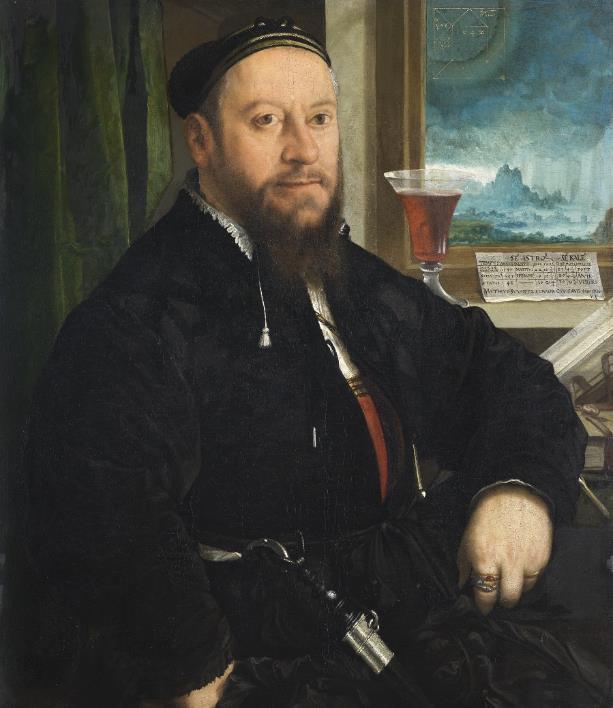
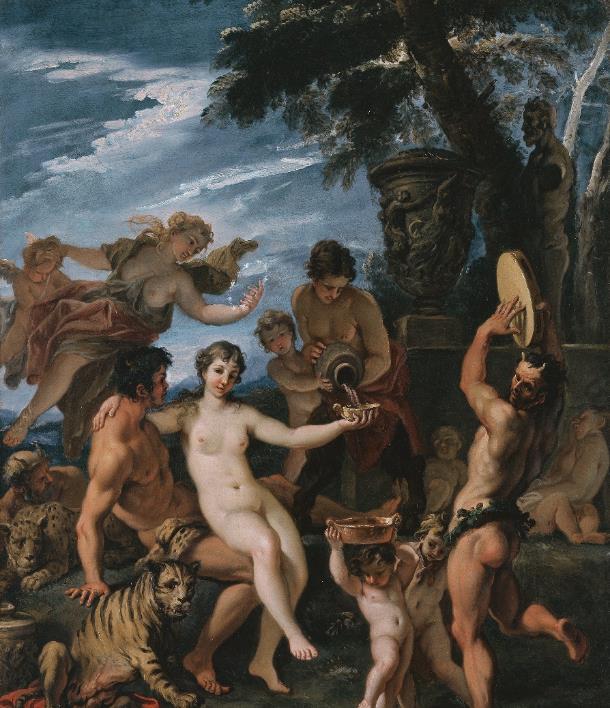
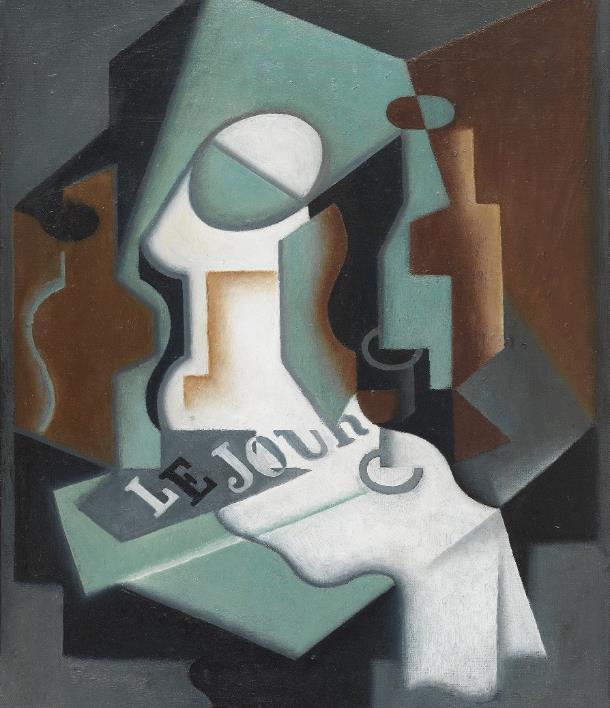
The view of the traveller and that of the museum visitor run parallel to each other along this route, which takes the journey as its guiding direction. The journey of the Magi to pay homage to Jesus of Nazareth, the pilgrimage of two of Christ’s disciples to Emmaus and the flight to Egypt are some of the religious themes that can be seen. Classical antiquity appears in the famous voyage of the Argonauts in search of the Golden Fleece. Views of Venice or Roman ruins allude to the Grand Tour: the forerunner of modern tourism which proposed an itinerary through Italy in order to discover classical art. Landscapes, still lifes and other scenes from the 17th and 18th centuries show the relationship between travel and the development of trade, particularly prominent in the Netherlands. Nineteenth-century works suggest the presence of exotic cultures as a source of inspiration for many artists, evoking an imaginary journey around the world. The theme of travel finally arrived in the 20th century with artists as fond of transit as Edward Hopper.
DURATION 75 MINUTES
Available in person
More info
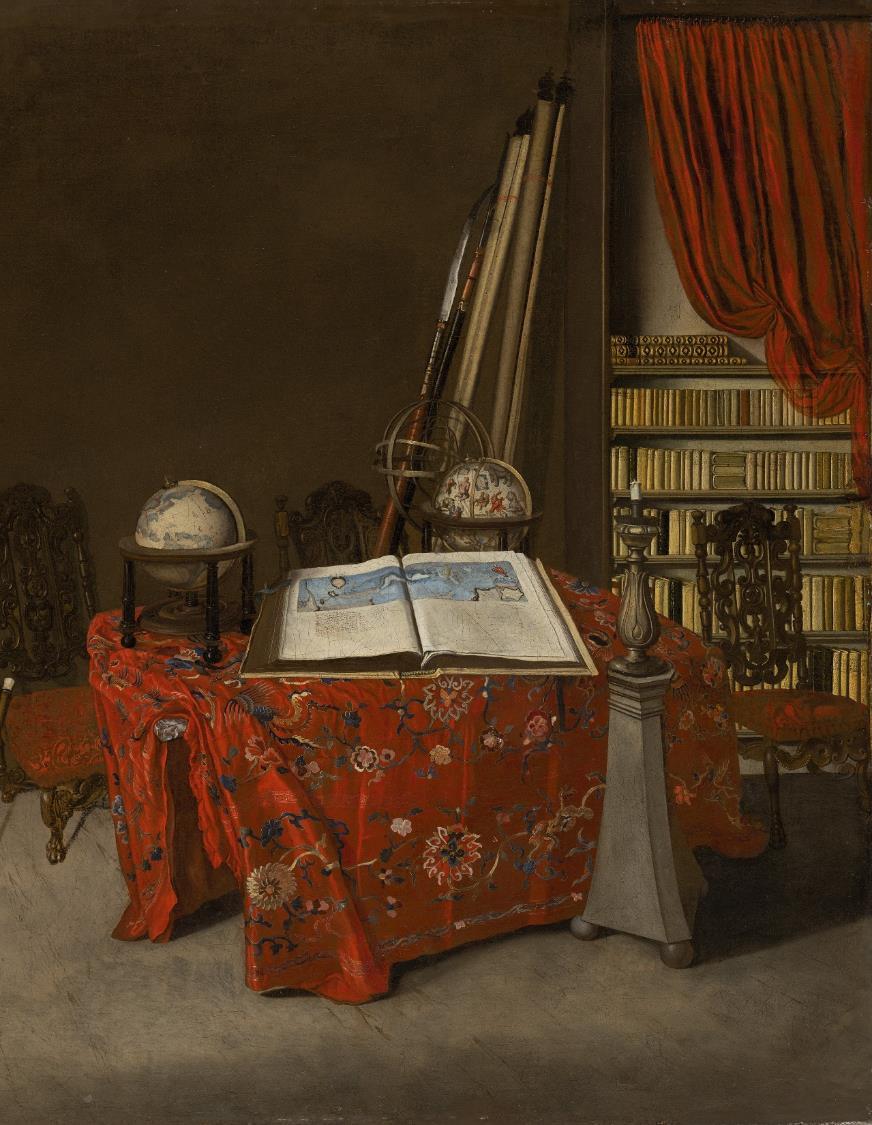
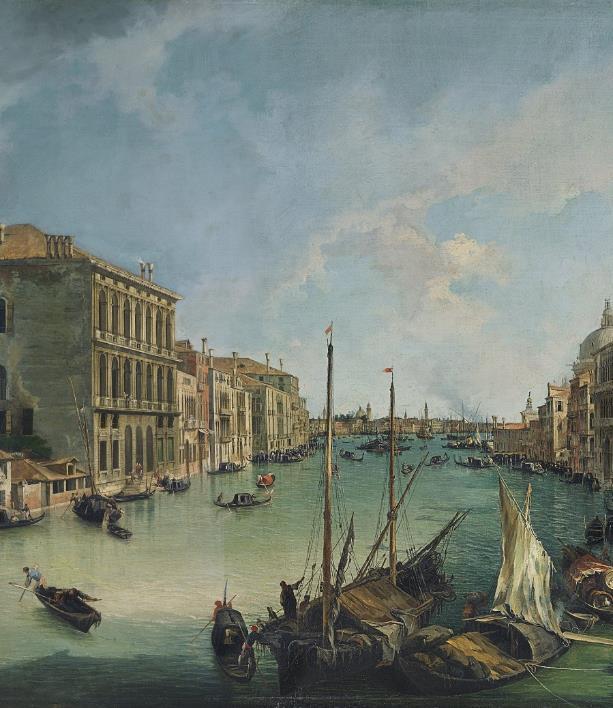
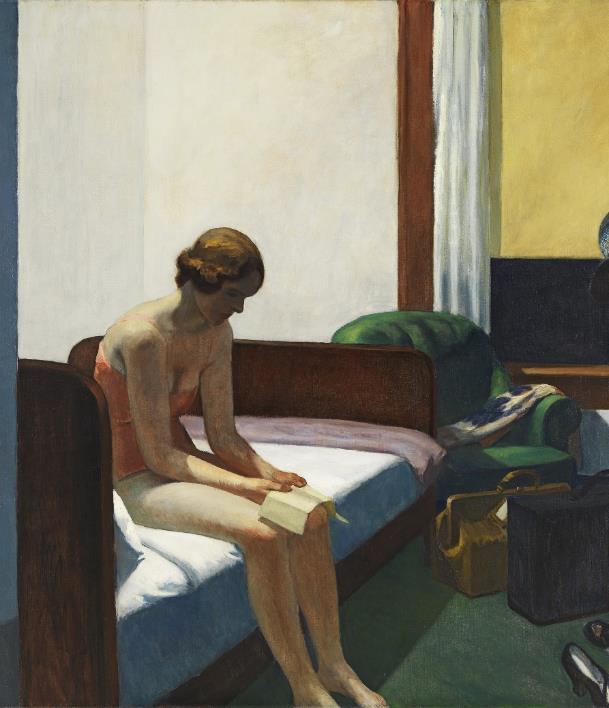

This visit offers a journey through the evolution of European clothing from the 15th century to the present day, observing the changes in its language and styles. The religious scenes, as well as the portraits, are a very illustrative testimony of fashion in clothing throughout history. Works such as Jacques Daret’s The Adoration of the Child, Ghirlandaio’s portrait of Giovanna Tornabuoni, Hans Baldung Grien’s Portrait of a Lady and Zurbarán’s Saint Casilda illustrate the evolution of fashion according to the period or geographical location in which they are set. Paintings such as Boucher’s La toilette introduce the intimate fashion of 18th-century women, while other works from the 19th and 20th centuries show some of the trends of this period, ranging from the tailcoat and frock coat for men in Lawrence’s portrait; the kimono in Chase’s work; the garzonne in fashion in the interwar period, with which Quappi identifies himself in Beckmann’s work; and the simultaneous dresses designed by Sonia Delaunay.
DURATION 75 MINUTES
Available in person or in virtual live format
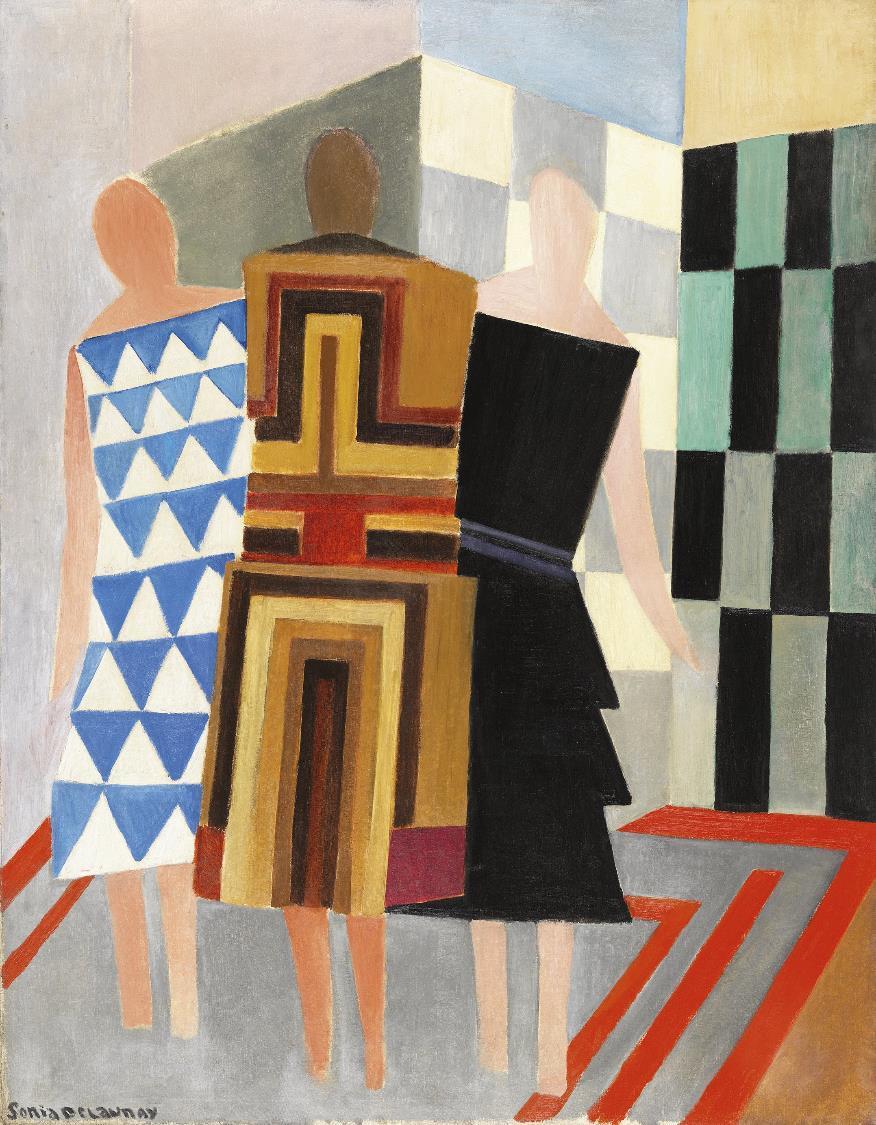
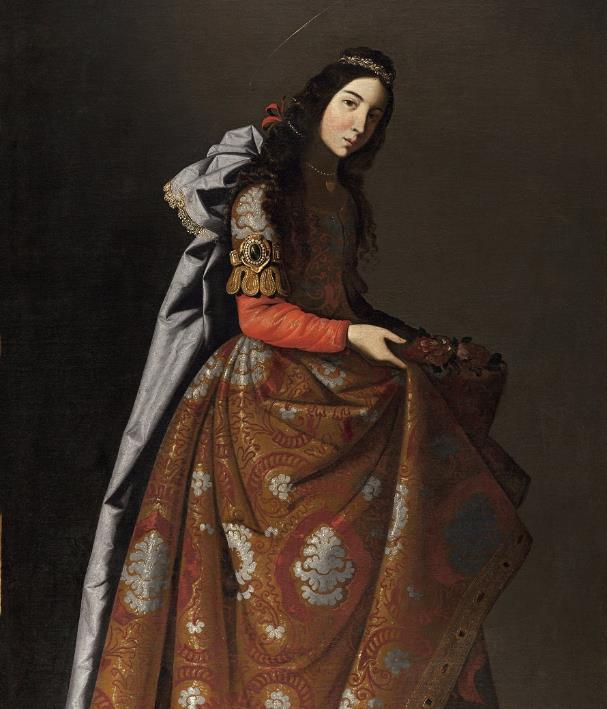

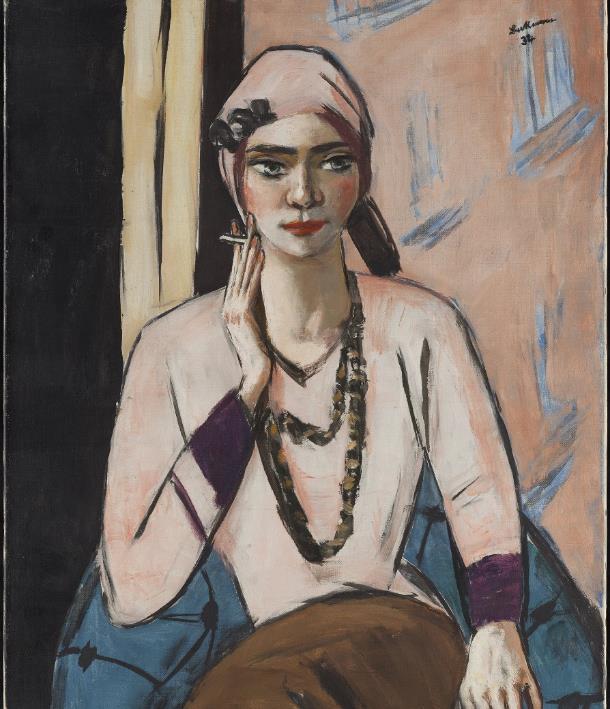
Jewellery was fundamental during the Middle Ages and the Renaissance. Alluding to their magical and medical virtues or to the social and economic status of the wearer, jewellery is frequently depicted in the history of painting as a precious object. This tour identifies some of the pieces, describes their technique and traces the history of some of the jewels depicted in collection’s paintings, suggesting their links with their owners or their symbolic significance. The 18th century saw the emergence of modern jewellery, which lost its medicinal and magical properties and acquired a decorative character. As a result, it became detached from the arts such as painting and sculpture to which it had remained closely linked, at a time when the academic division between the fine and decorative arts was taking place as a result of the Enlightenment. The portraits of the Duchess of Sutherland by Sargent and Quappi by Beckmann illustrate some of these issues relating to modern jewellery.
DURATION 75 MINUTES
Available in person or in virtual live format
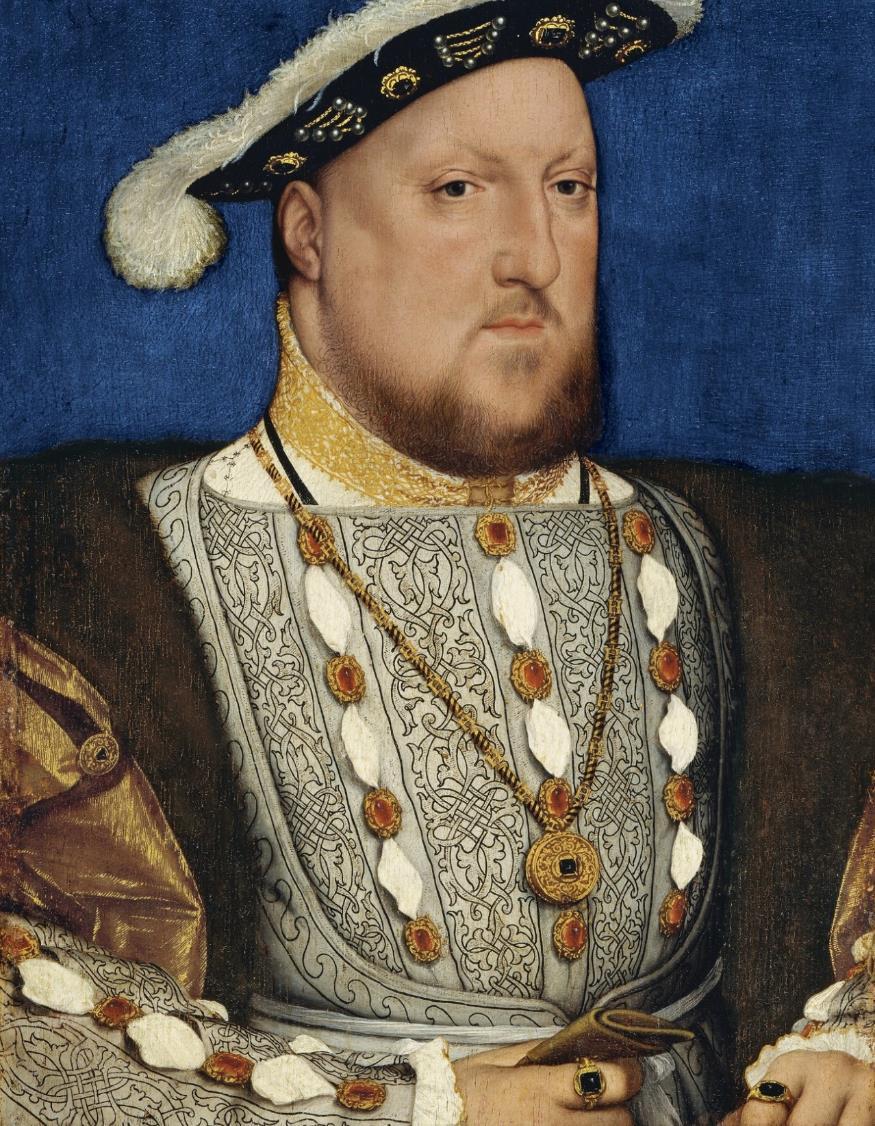
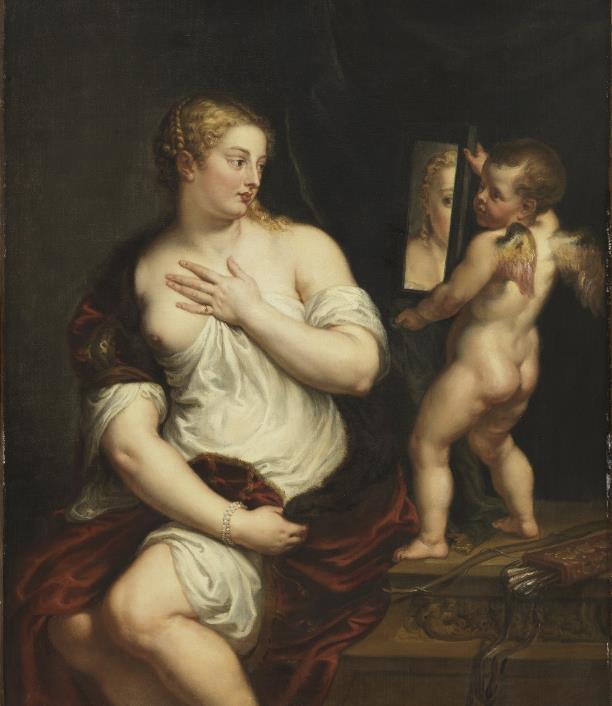
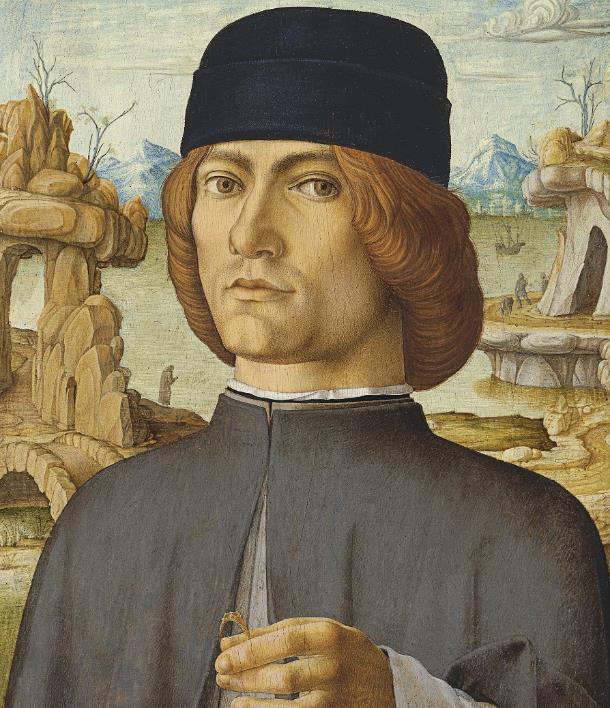
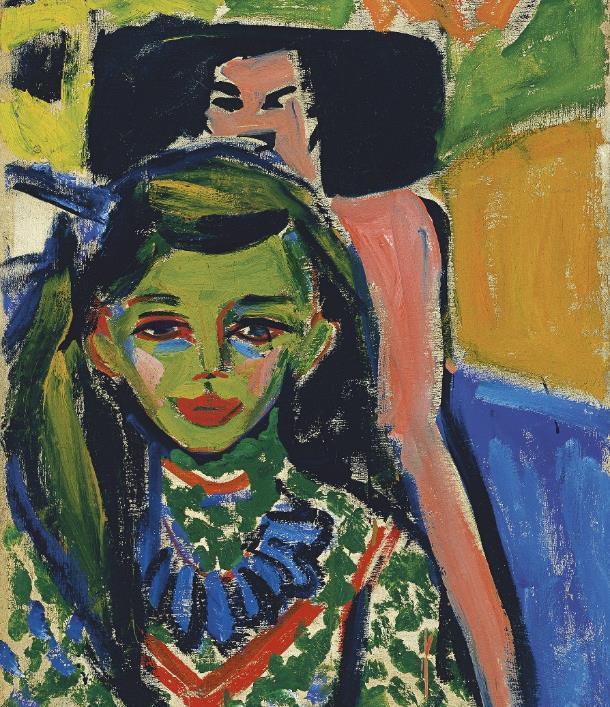
The interaction between painting and the performing arts has manifested itself in different forms throughout the history of art. This visit explores the links between painting, theatre, dance, music and the circus, which can be seen in many of the works in the collection. Theatrical characters such as Watteau’s Pierrot and Picasso’s Harlequin, or portraits of singers, dancers and actors, such as those by Toulouse-Lautrec, Degas and Ensor, illustrate the artists’ interest in these arts. In addition, the work of Chagall, who worked as a stage designer, or that of Schlemmer and Bala, demonstrate the contribution of modernity to the breaking down of the boundaries between these artistic disciplines.
DURATION 75 MINUTES
Available in person or in virtual live format
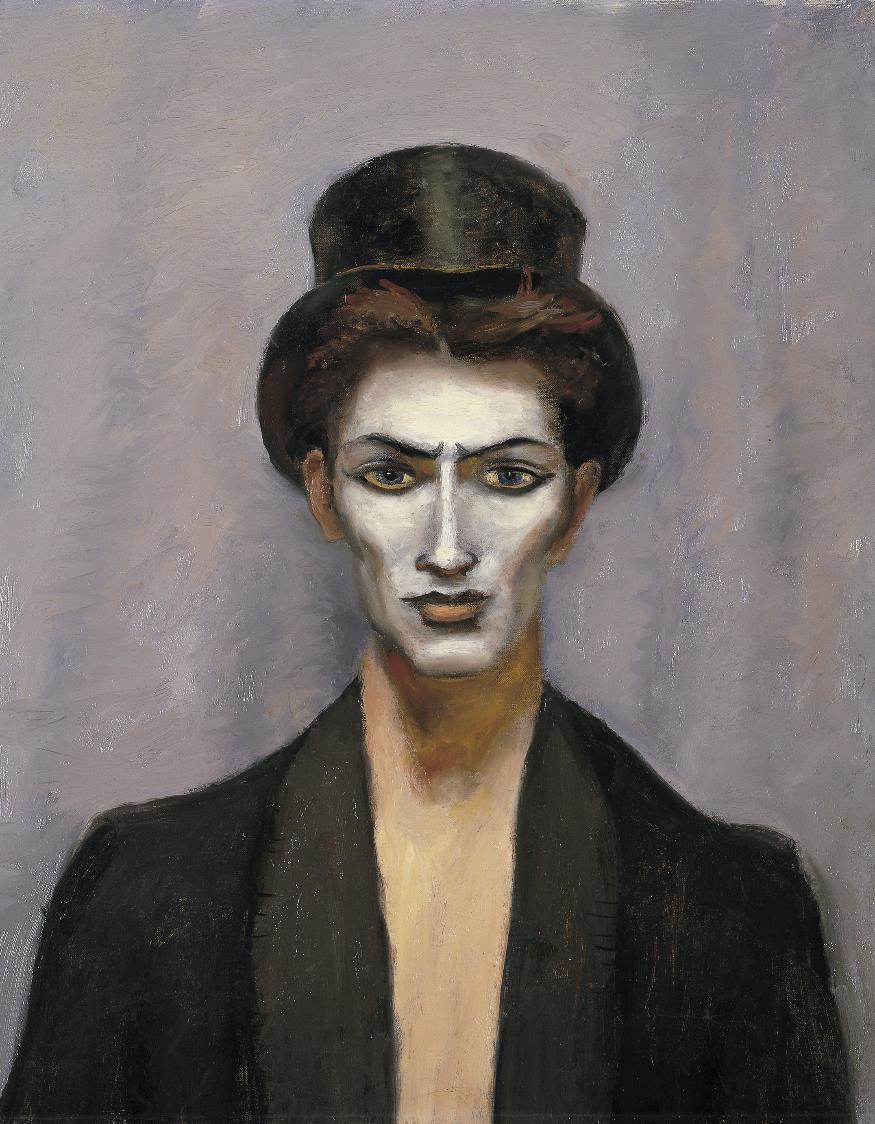
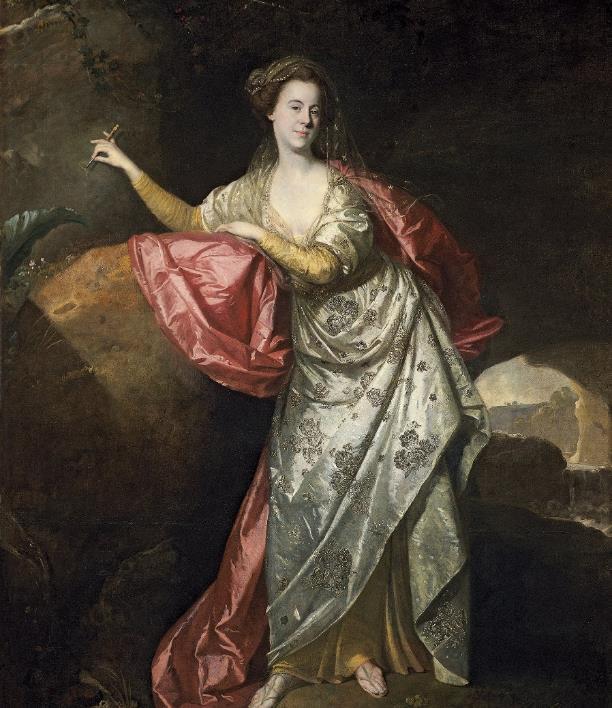
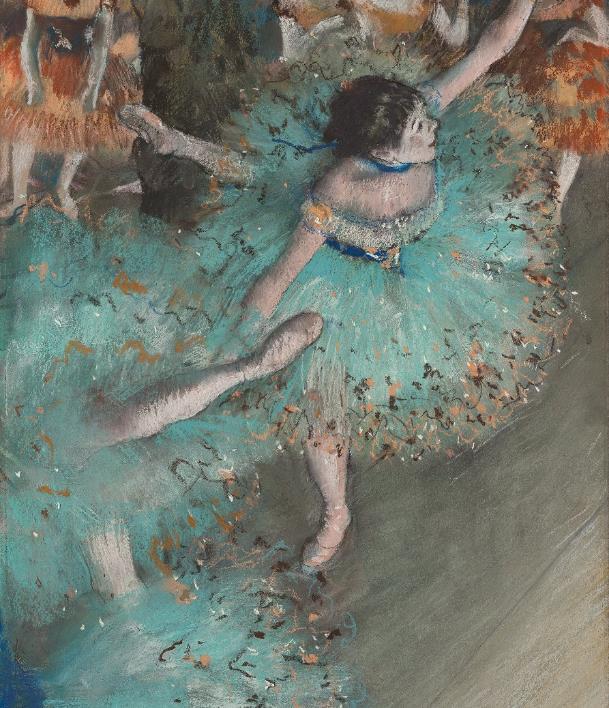
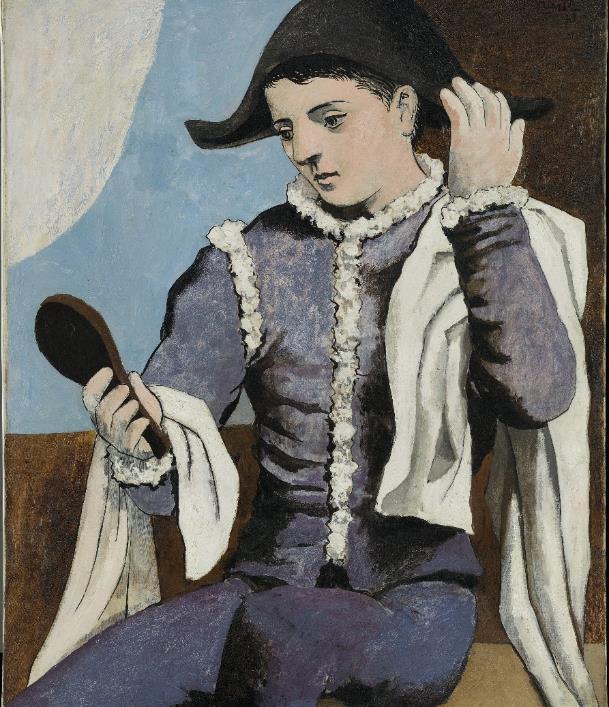
Since antiquity, flowers have been a motif frequently represented in art, both for their symbolic content and decorative character. This tour proposes a visit to the entire collection, from the end of the Middle Ages to the 20th century, identifying the flowers represented and their symbolism. The visit begins by observing the meticulous detail with which Van der Weyden painted the small flowers next to the enthroned Virgin and Child. Still lifes, portraits, mythological and religious subjects, landscapes, and views of cities with flowers are all part of this walk among the flowers.
DURATION 75 MINUTES
Available in person or in virtual live format
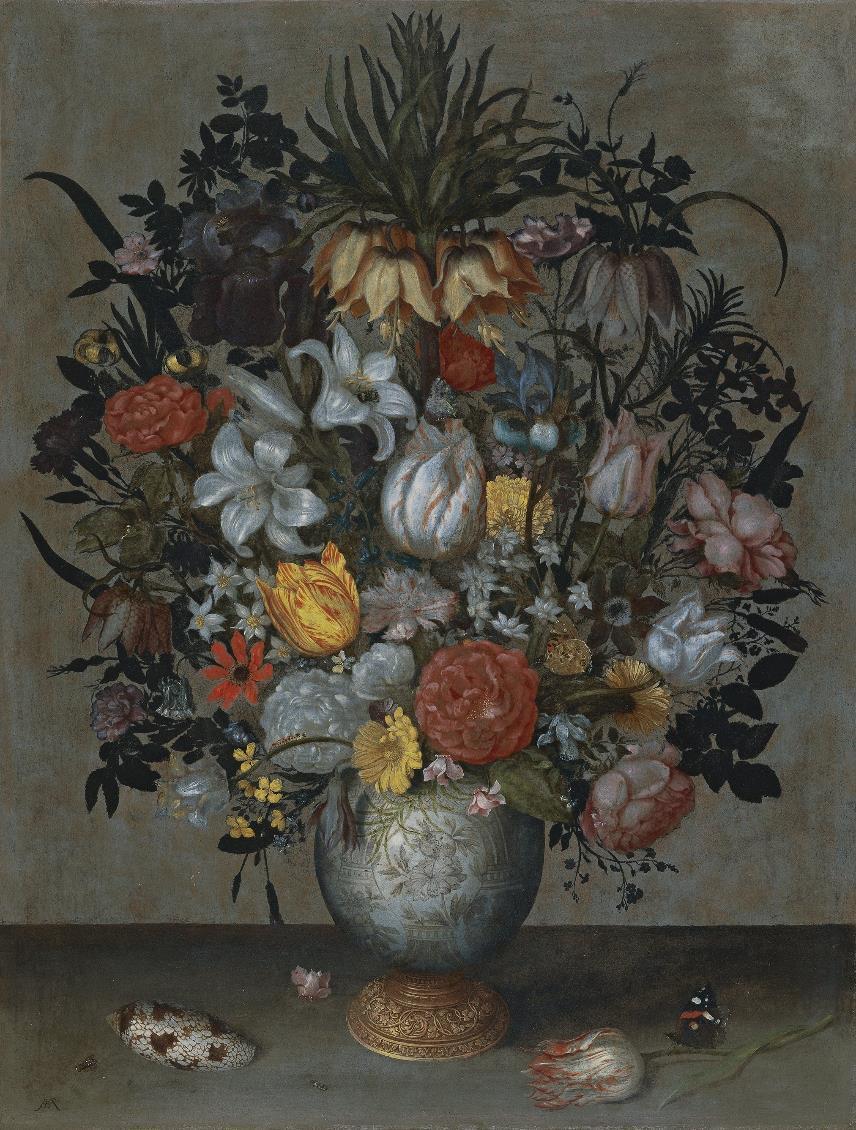
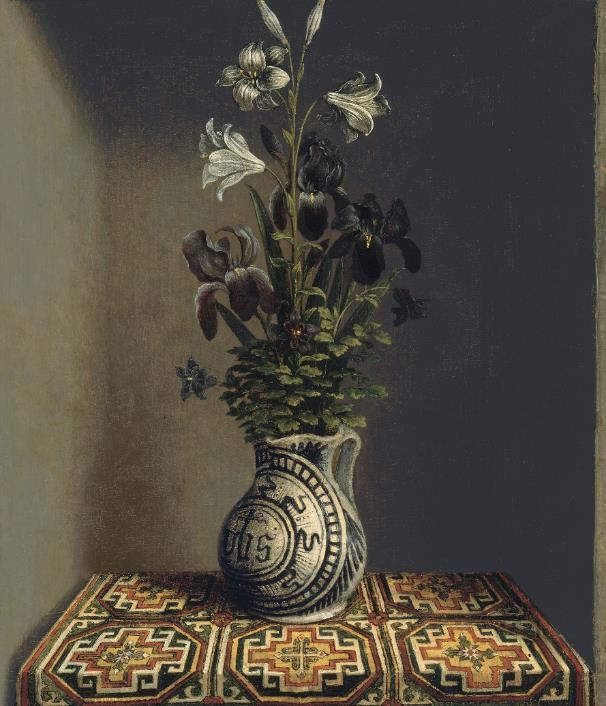
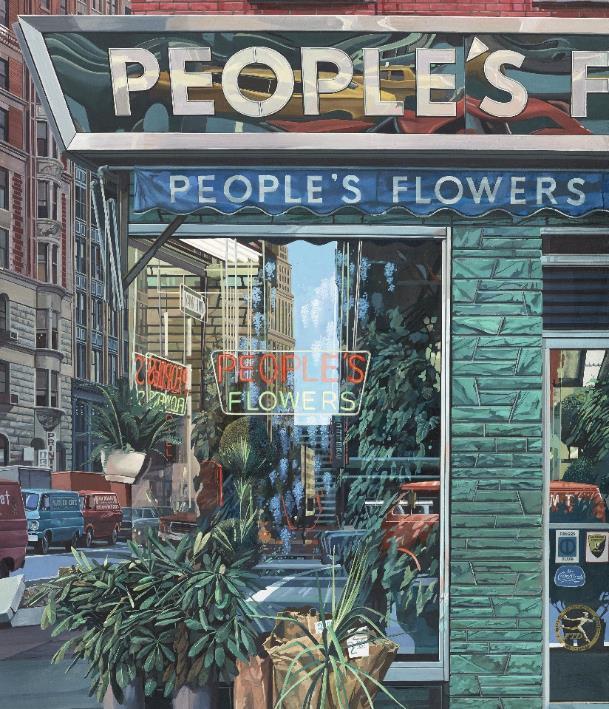
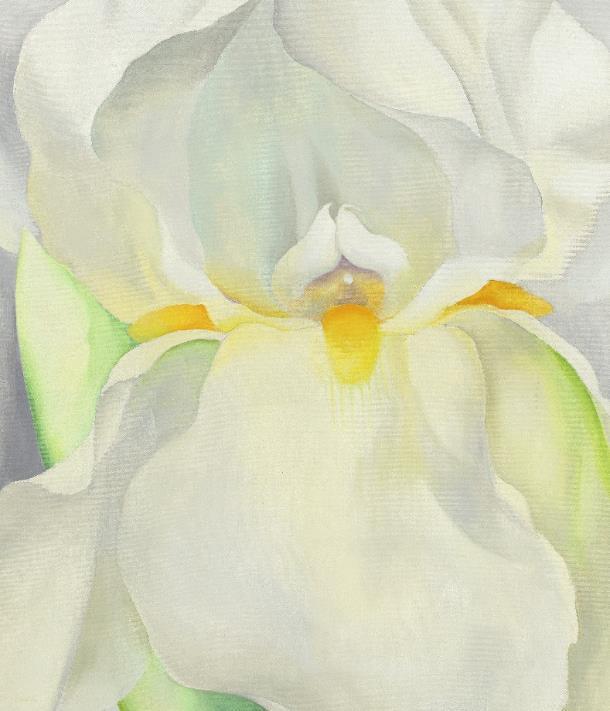
From the early Renaissance to the first avant-garde movements, the observation and representation of nature has been a common preoccupation among artists, stimulated by the development of modern science. This journey is articulated through elements like the garden or the orchard, whose presence in Western art is evident from the 15th to the 20th century as a symbolic, religious element; an allegory of fertility or a space for recreation and enjoyment in modern society. Western art from the 15th to the 20th century as a symbolic religious element, an allegory of fertility or a space for the recreation and enjoyment of modern society.
The resources of the online guided tour will allow the viewer to get closer to the details of each work, observing and identifying the flowers, understanding their symbolism and meanings in each artistic period. One can also delight in their delicate strokes, thanks to a technology that allows visitors to immerse themselves in the paintings and contemplate all their secrets.
DURATION 75 MINUTES
Available in person
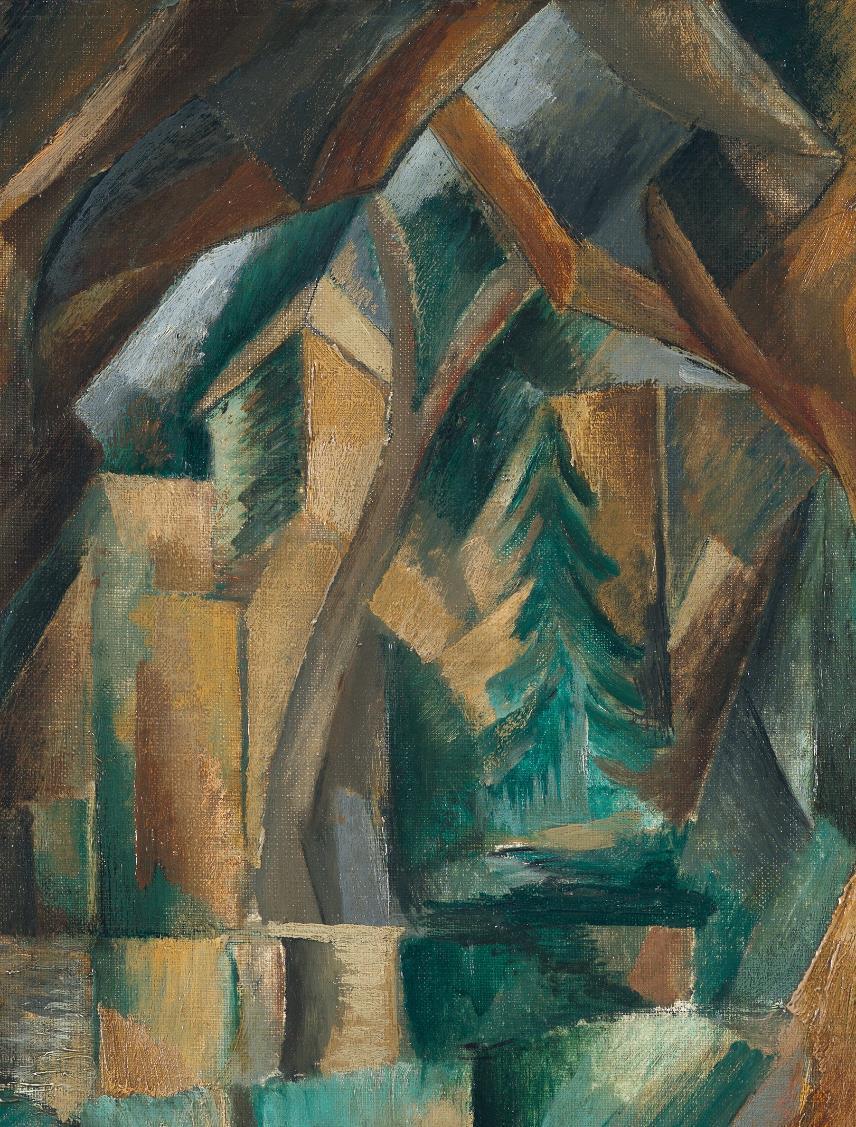
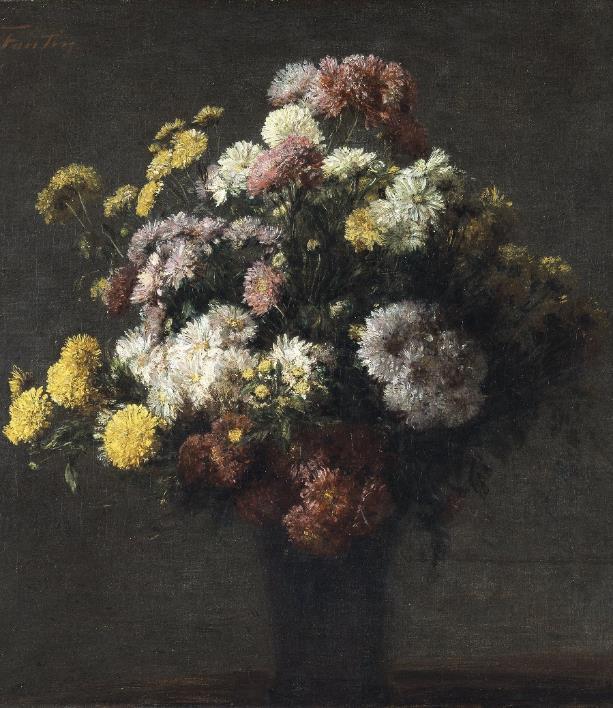
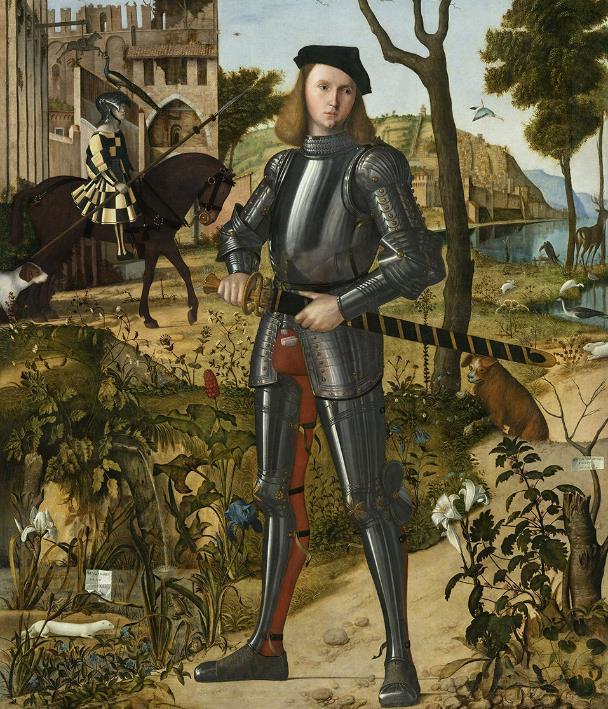
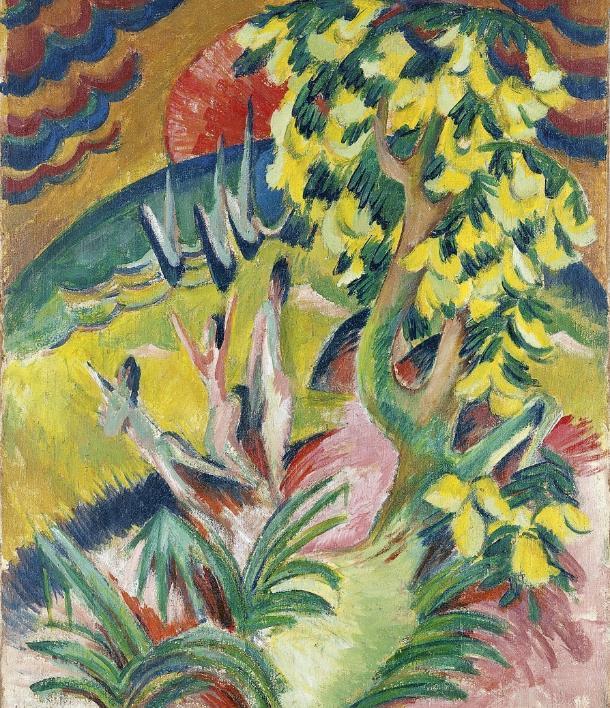
Through this selection of works from the Thyssen-Bornemisza collection, visitors can discover how Western artists represented the seasonal course of nature over the centuries. Thus, what initially took on a symbolic character - linked to the course of the harvests - later acquired a more scientific orientation, linked to the Enlightenment and the development of positivism.
This online guided tour will focus on the different seasons in the museum’s collections, but it is also designed to take an even more specific and detailed approach to a single season. In this case the focus will be on, for example, autumn as represented in the bright colours of American landscapes, or winter as depicted by Dutch artists in their paintings of cold colours and snowy landscapes.
DURATION 75 MINUTES
Available in person or in virtual live format
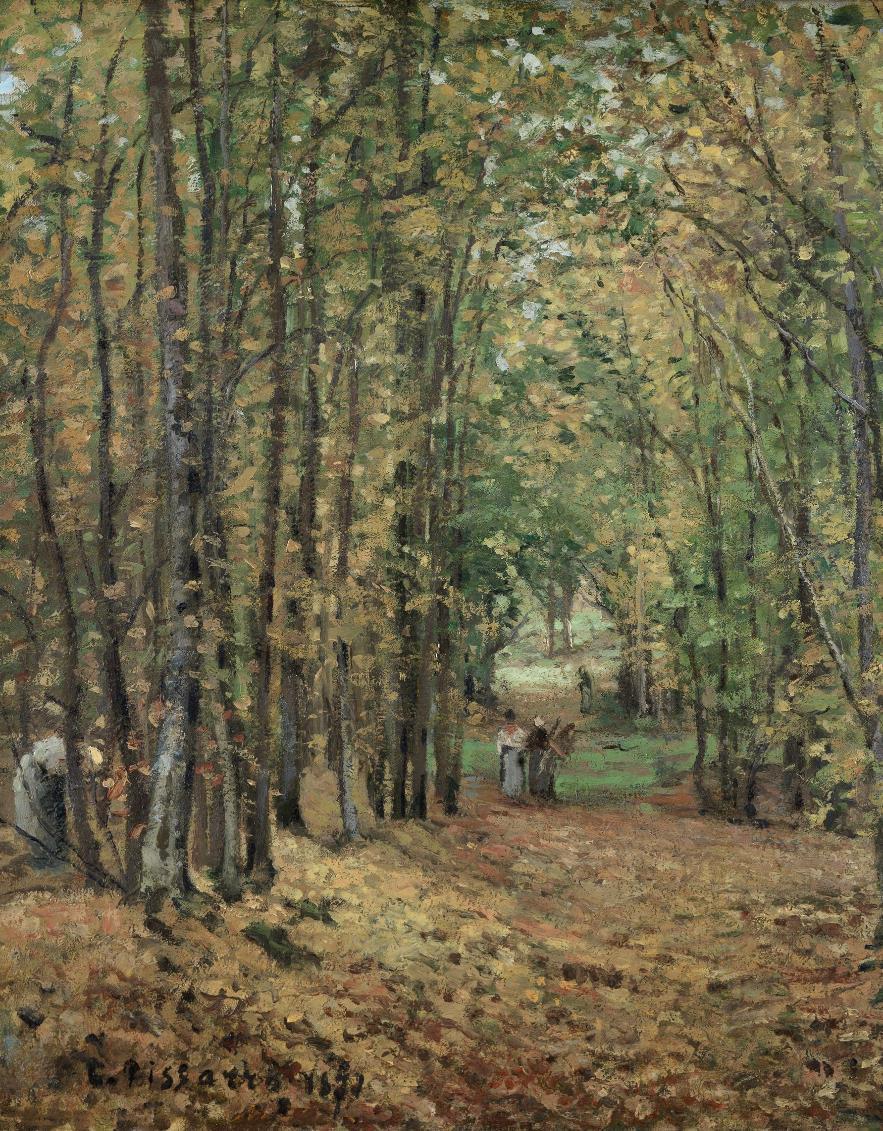

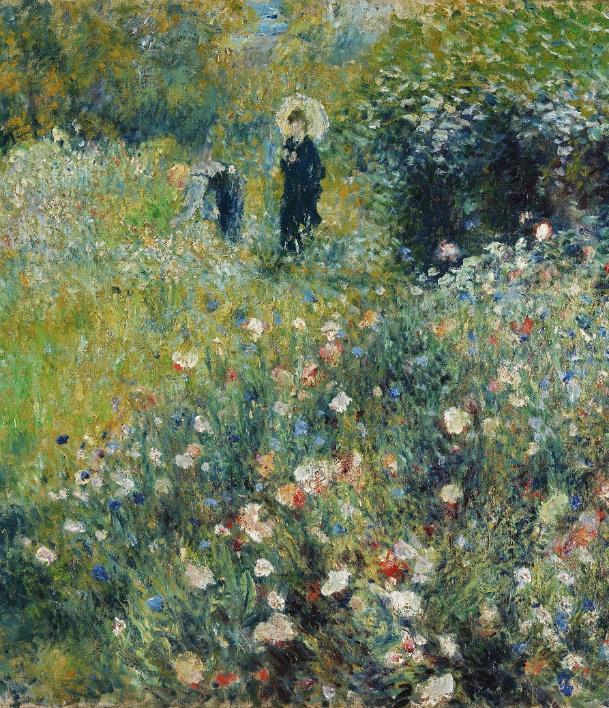
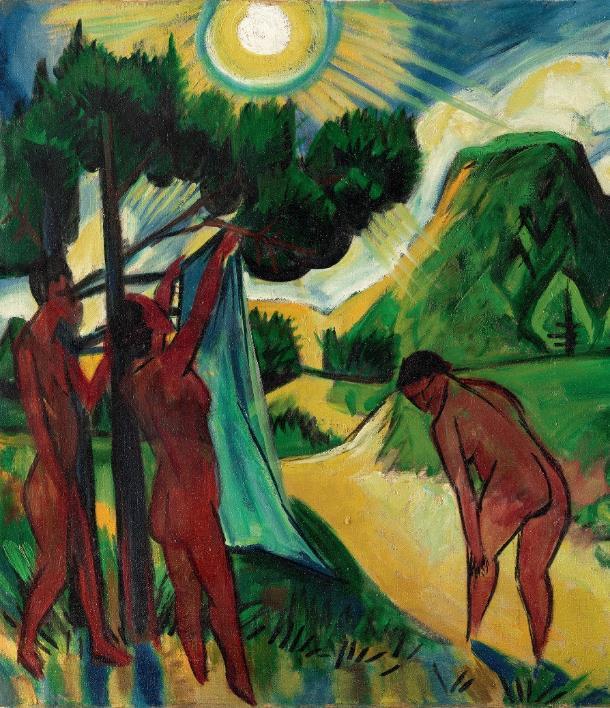
From van Eyck to Magritte, this tour provides an insight into the history of Dutch painting from the 15th to the 20th century. Particularly noteworthy are the works produced in 17th century Netherlands, considering the absence of pieces from this school in other Spanish collections. At the beginning of the visit, the work of the Flemish primitives shows the development of the oil painting technique. From the 15th century onwards, significant differences can be observed between the southern Flemish artists like Rubens and van Dyck and the northern Dutch artists such as Frans Hals and Rembrandt where portraits, scenes from everyday life, still lifes and landscapes, themes of the bourgeoisie’s taste, take on special relevance. The visit ends with 19th and 20th century works by leading artists of Belgian and Dutch origin such as Van Gogh, Mondrian and Magritte.
DURATION 75 MINUTES
Available in person
More info
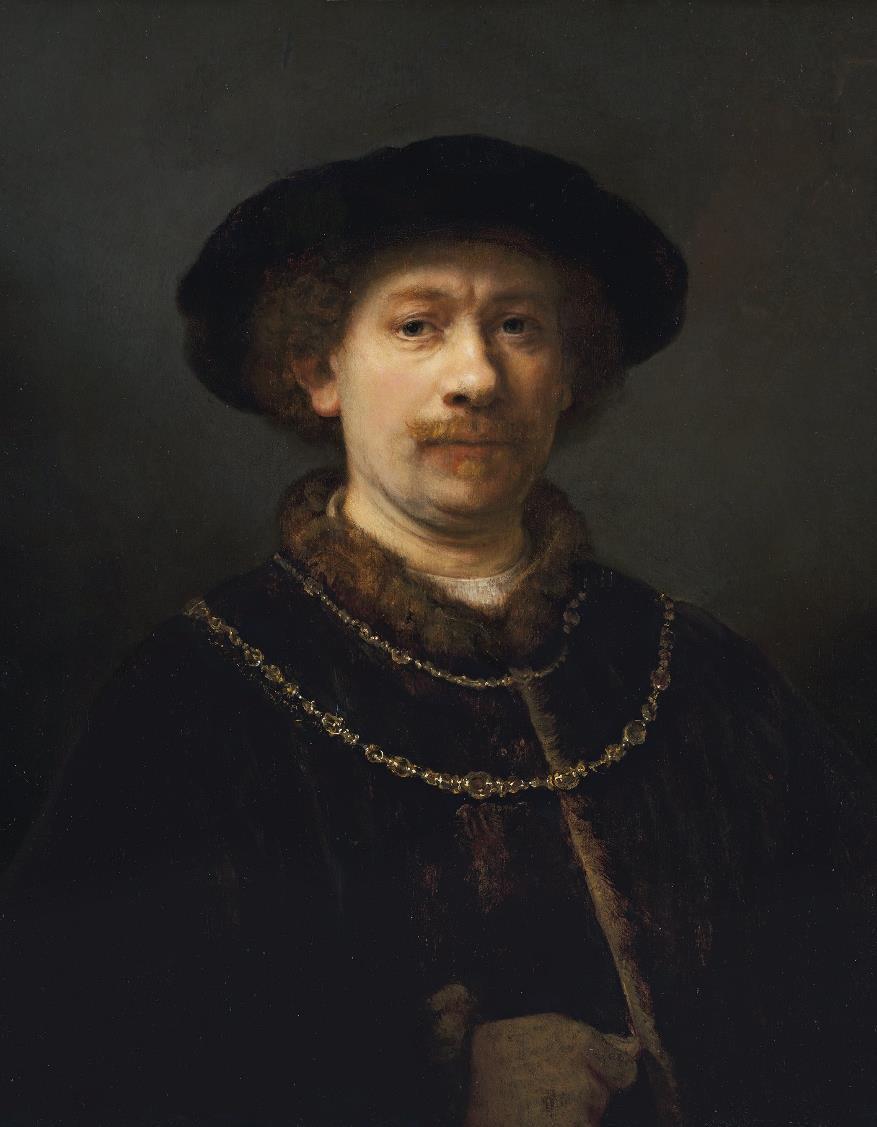
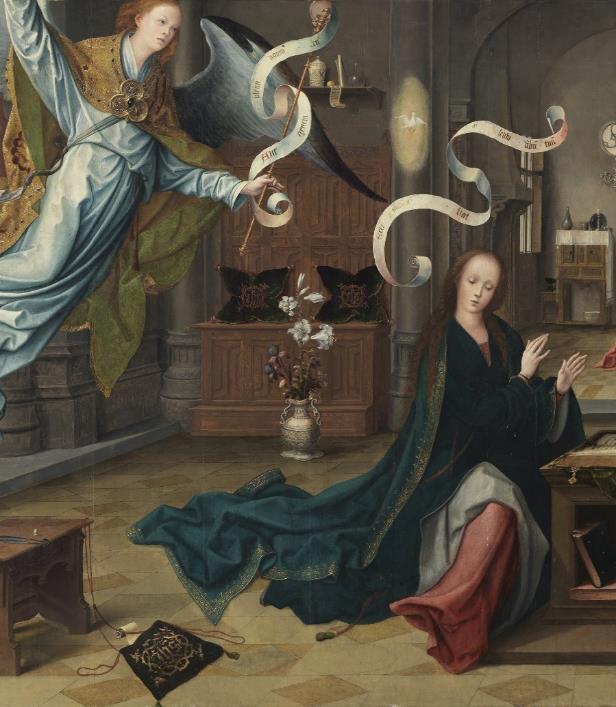
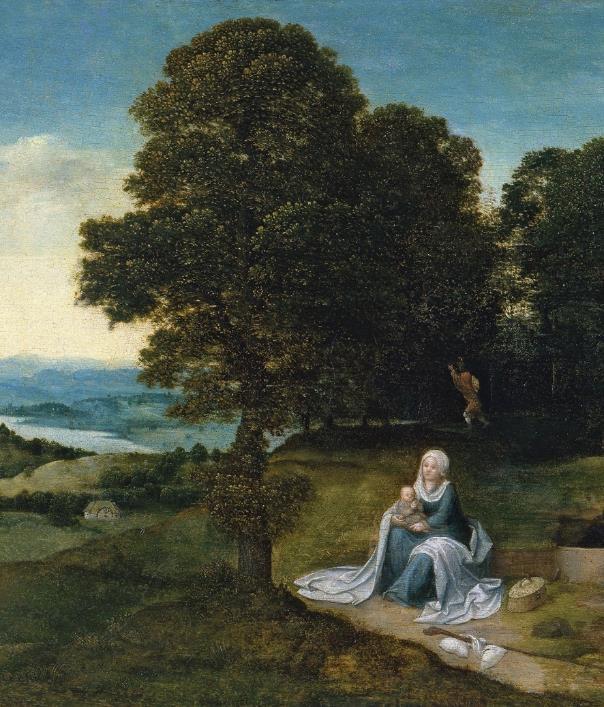
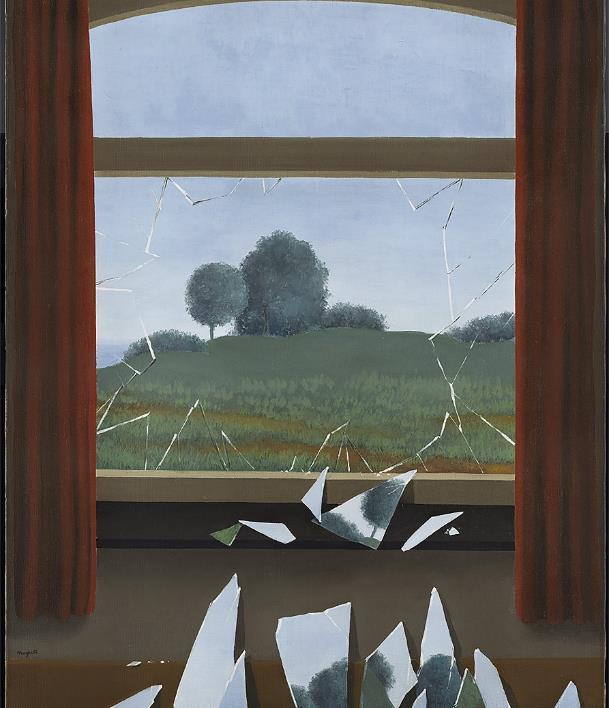
Architecture has been a subject frequently treated by painters throughout time, either as the setting of a story or as the absolute protagonist of the work. This has allowed us to learn about its development as a genre - it is in the 18th century when its great recognition arrived - and to testify the changes experienced by this art, whose purpose is the projection and design of buildings that go beyond the merely functional.
On the other hand, architecture understood as part of a whole, as an integral agent of urban space has been shaping, over the centuries, the idea of the city and therefore of citizenship. Manifestation and ideological reflection of the cultural evolution of humanity.
This itinerary traces the evolution of architecture and its social function. The collections of the Thyssen-Bornemisza Museum thus become a reflection of one of the highest artistic manifestations and, consequently, of thought, the ways of life of different periods and the idea of citizenship.
DURATION 75 MINUTES
Available in person or in virtual live format
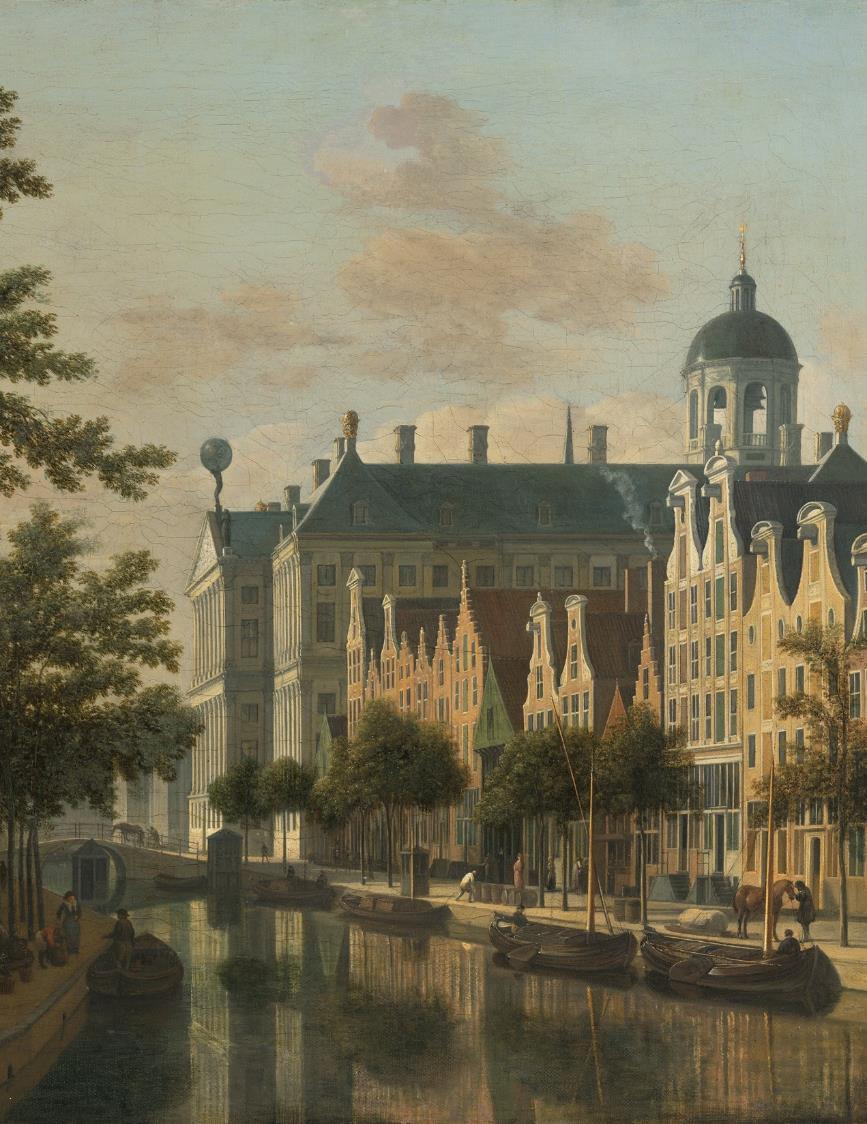
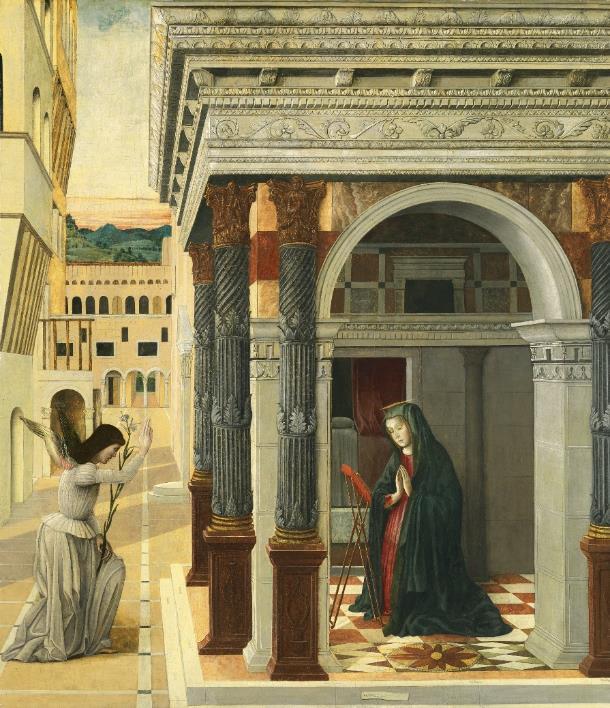
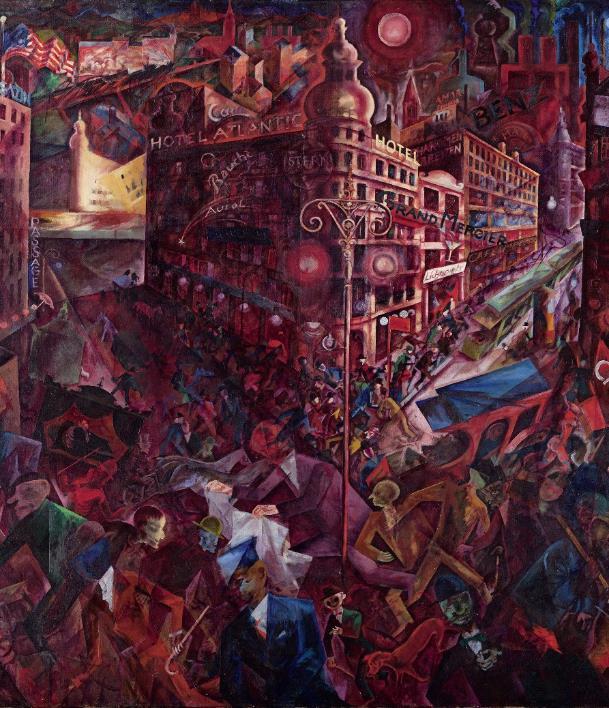
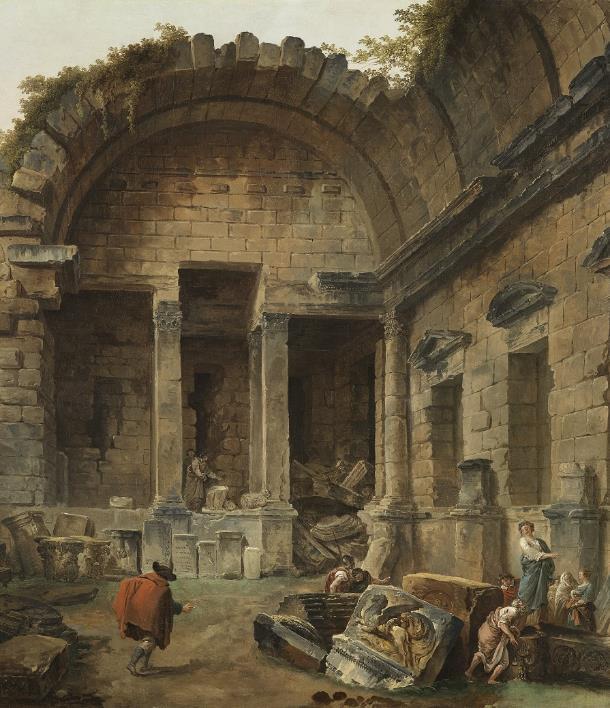
This tour through the collection of the Museo Nacional Thyssen-Bornemisza explores the evolution of design in furniture and domestic spaces throughout history. Every corner of a home and the artistic forms that accompany it speak to the deep connection between style, everyday practical needs, and the social, cultural, and technological context in which they develop, revealing how personal spaces have evolved over time. Through a selection of works ranging from the 15th to the 20th century, by artists such as Gabriel Mälesskircher, Domenico Ghirlandaio, Jan de Beer, Pierre Bonnard, Piet Mondrian, and Theo van Doesburg, one can trace the development of design from the first multifunctional furniture pieces of the Middle Ages and the Renaissance to the Bauhaus movement’s effort to democratize the home and the contributions of its creators.
DURATION 75 MINUTES
Available in person or in virtual live format
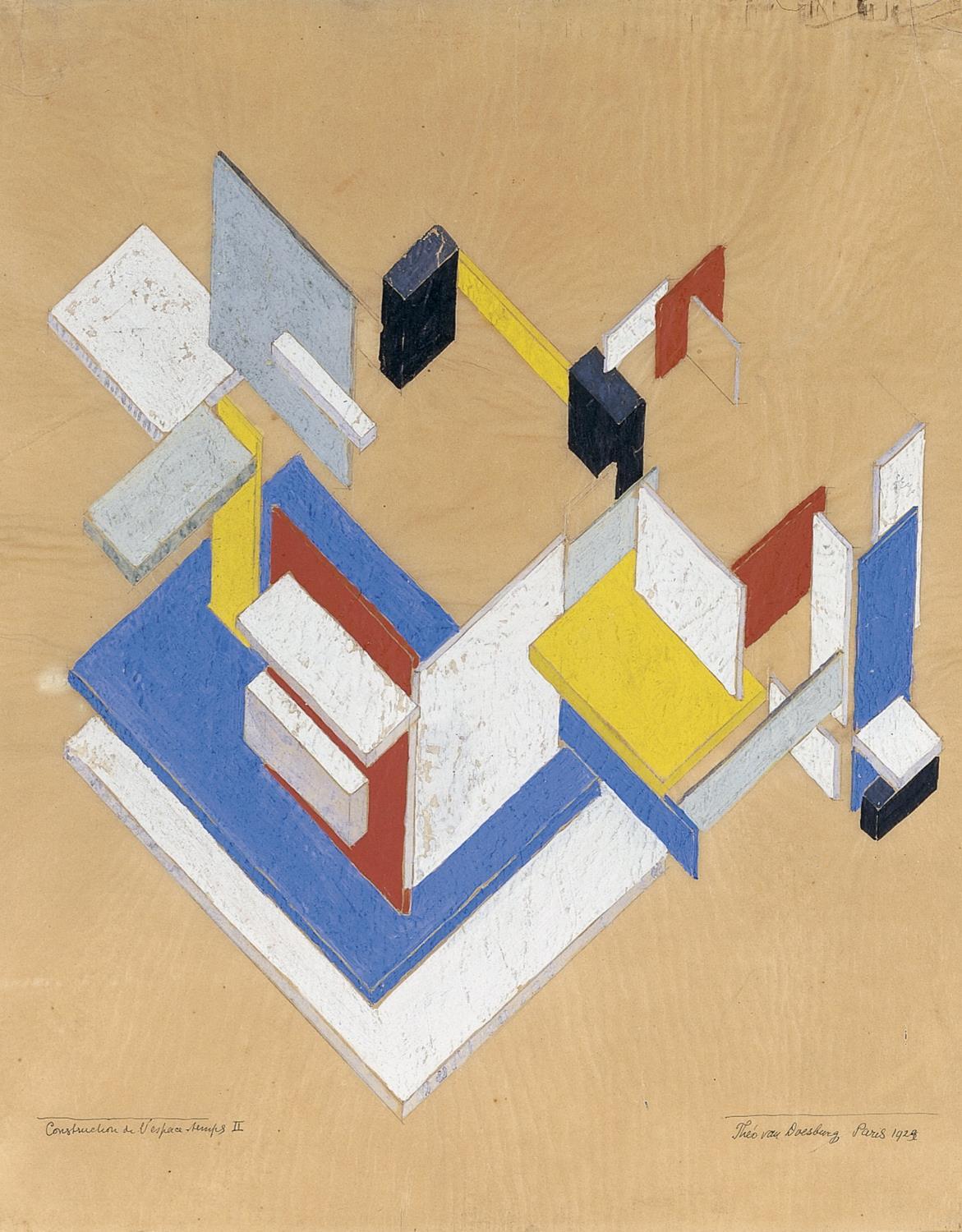
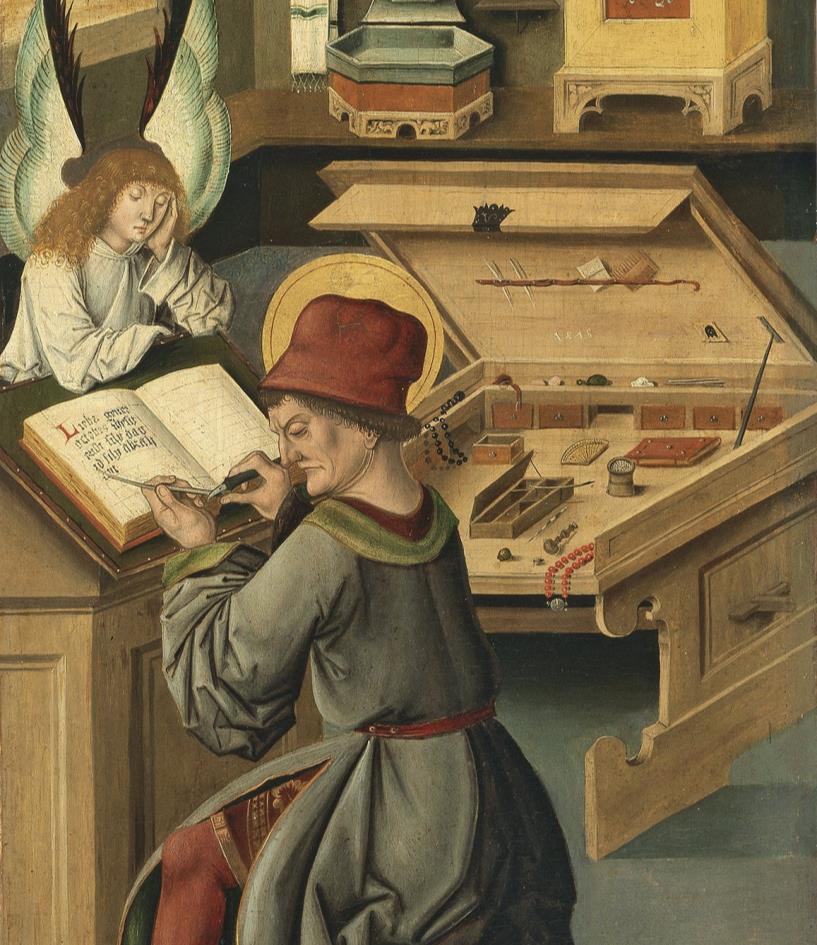
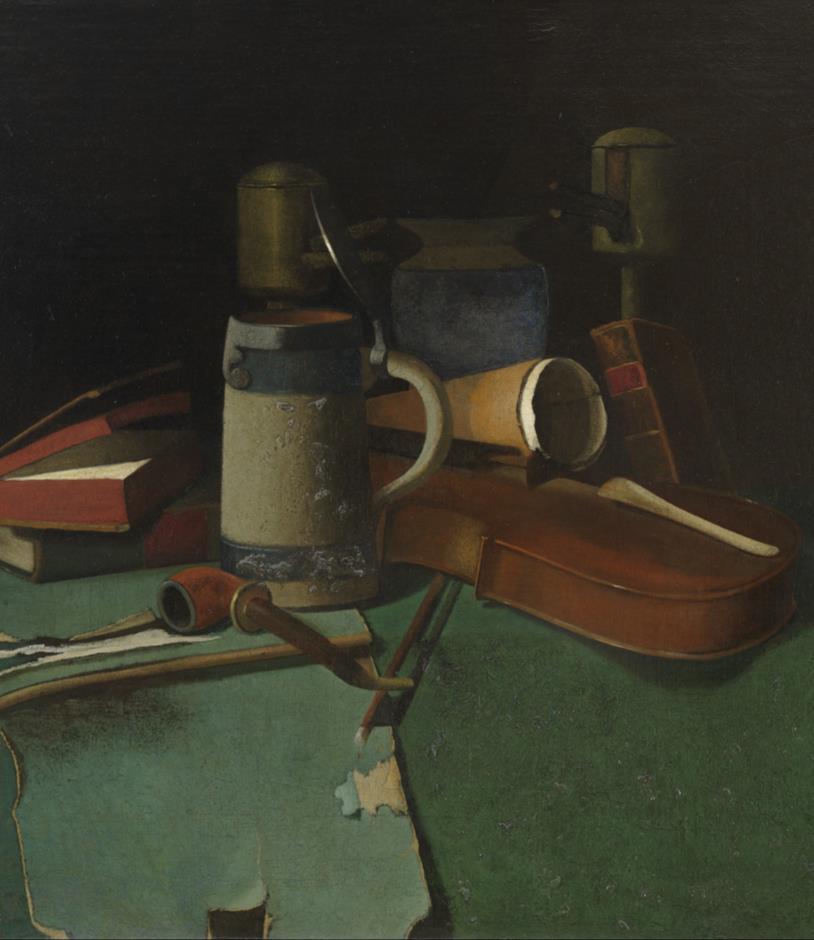

Seas, lakes, springs, streams and rivers inundate the galleries of the Museo Nacional Thyssen-Bornemisza, beckoning us to enjoy a pleasant immersion that harmoniously links together art, history and nature. Viewing the masterpieces that comprise the Water Route enables us to disconnect from everyday reality in order to find ourselves via the beauty of water and painting. This route reveals that just like some waters, artistic expression can act as a force to heal our spirit. The element of water, in its different forms, has inspired some of the most beautiful compositions by the great masters, who have used it as a vehicle to convey their artistic virtuosity, drawing on its important symbolic weight. Sometimes associated with the life cycle, other times with hedonism or regeneration, water and its multiple connotations are found consistently throughout art history as a whole.
DURATION 60 MINUTES
Available in person
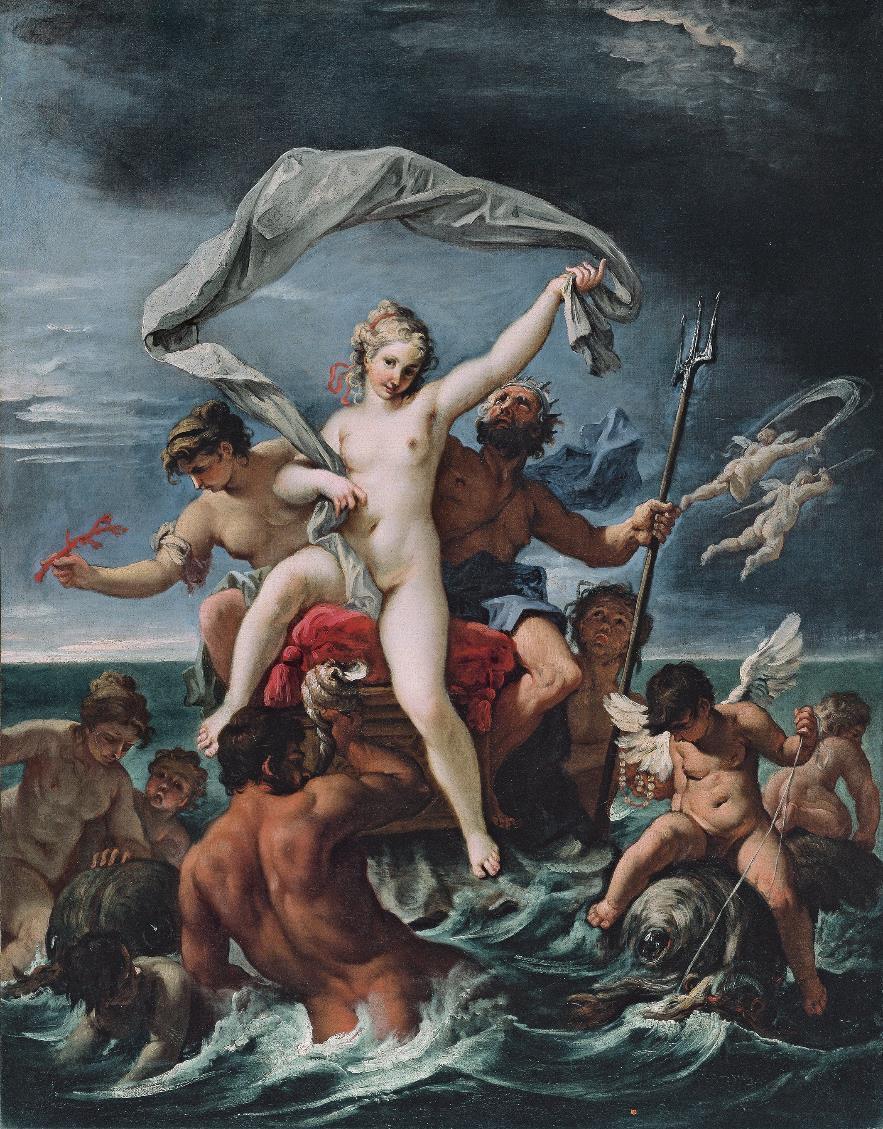
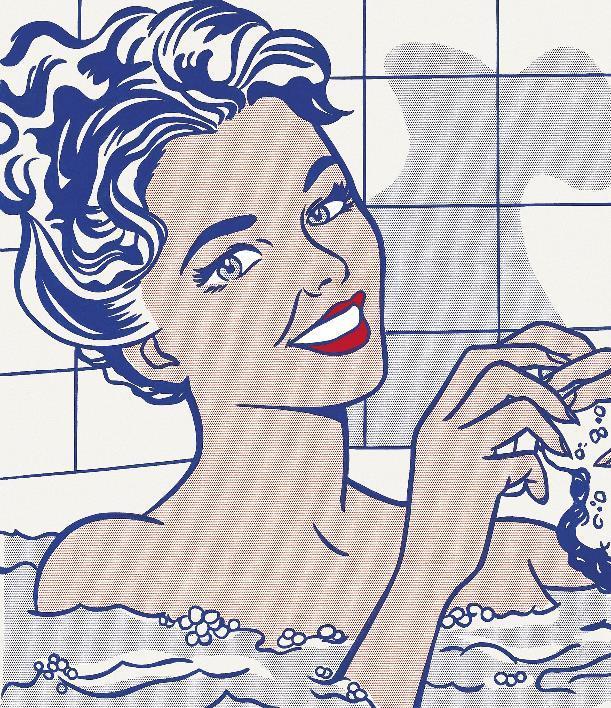
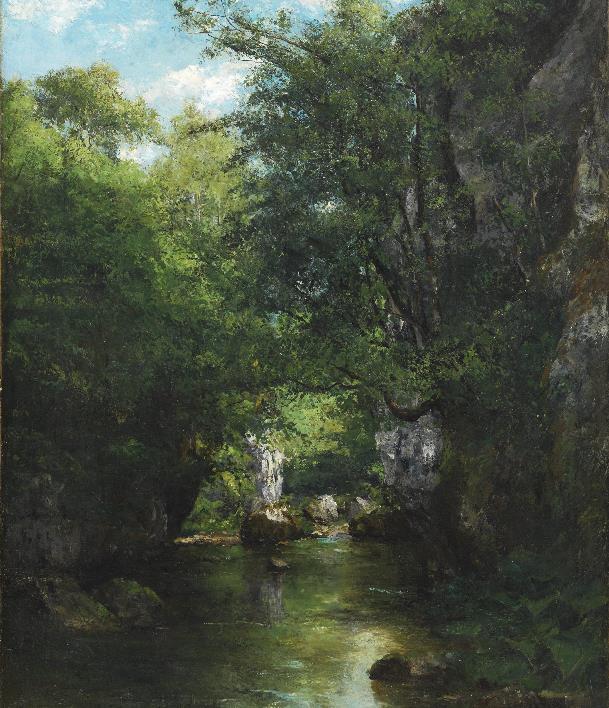
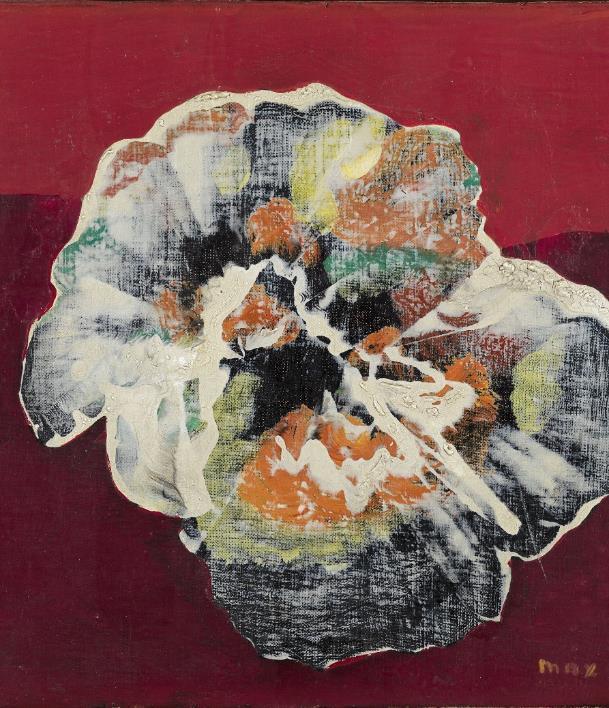
This visit through the collection of the Museo Nacional Thyssen-Bornemisza brings together paintings that capture small moments of life linked to leisure and celebration. In the selection of works, we can see an interest in music represented in the pieces by Giuseppe Maria Crespi and Johan Zoffany. Poetry and theater are immortalized in the work of Jean-Antoine Watteau, while Lucas van Leyden portrays playfulness in his card game scene. Finally, we can appreciate the importance of social relationships, depicted in various forms in the paintings of David Teniers II, Jan van Goyen, and Jean-Honoré Fragonard. All these scenes of entertainment whether spontaneous or planned invite us during this visit to break away from routine, surrender to the delight of contemplation, and celebrate the joy of living.
DURATION 75 MINUTES
Available in person or in virtual live format

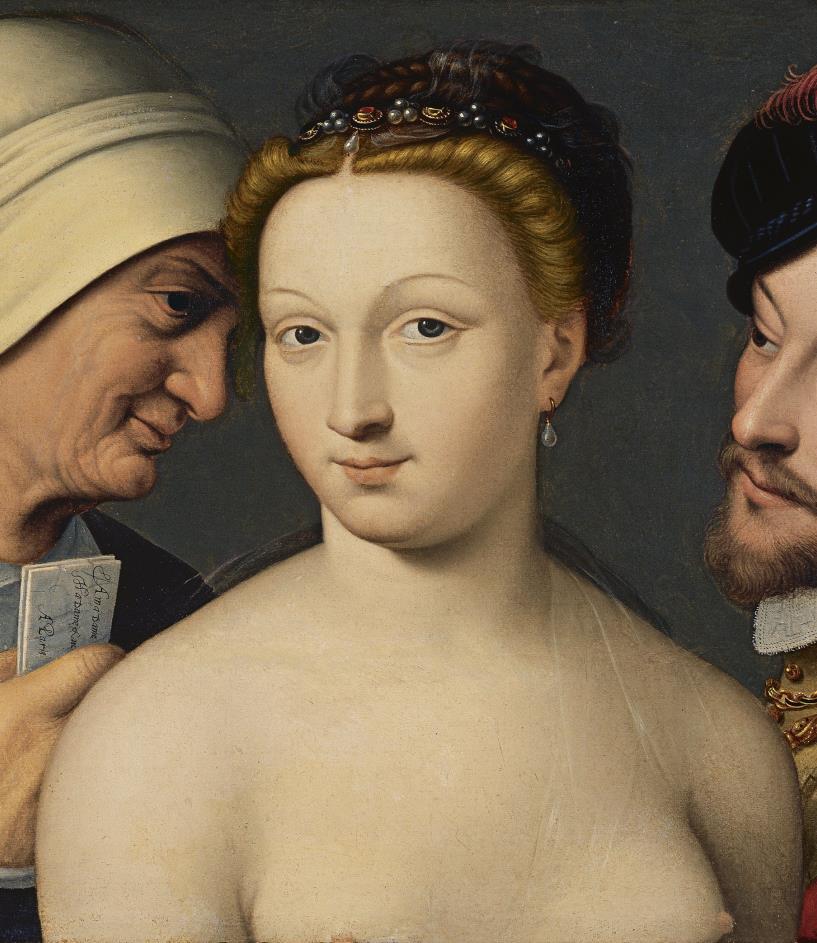
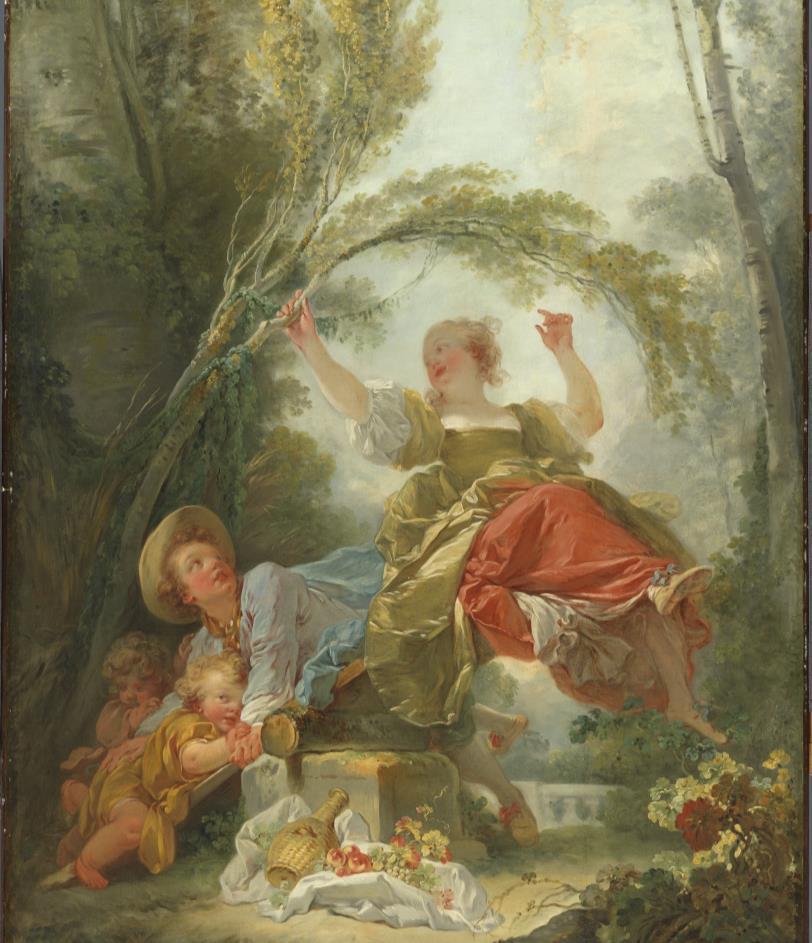
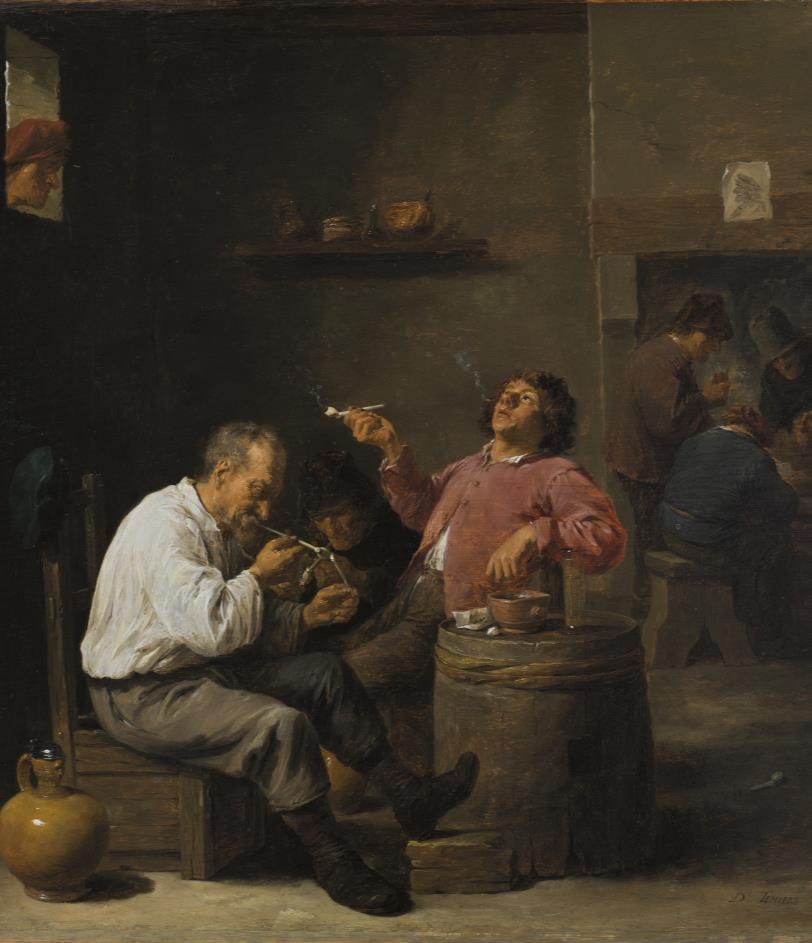
Pain, whether physical or emotional, has long been a central theme in Western painting. In this tour through the Thyssen-Bornemisza collection, we discover how renowned artists such as Gérard David, Domenico Ghirlandaio, Francisco de Goya, Edgar Degas, and Piet Mondrian depicted suffering both their own and that of others through perspectives shaped by science, religion, or historical context. Their brushes portrayed well-known patients and healthcare professionals, documented medical innovations, helped channel the anguish of the ill and their caregivers, and demonstrated how art can serve not only as a record but also as an aesthetic and spiritual balm in the face of pain.
DURATION 75 MINUTES
Available in person or in virtual live format
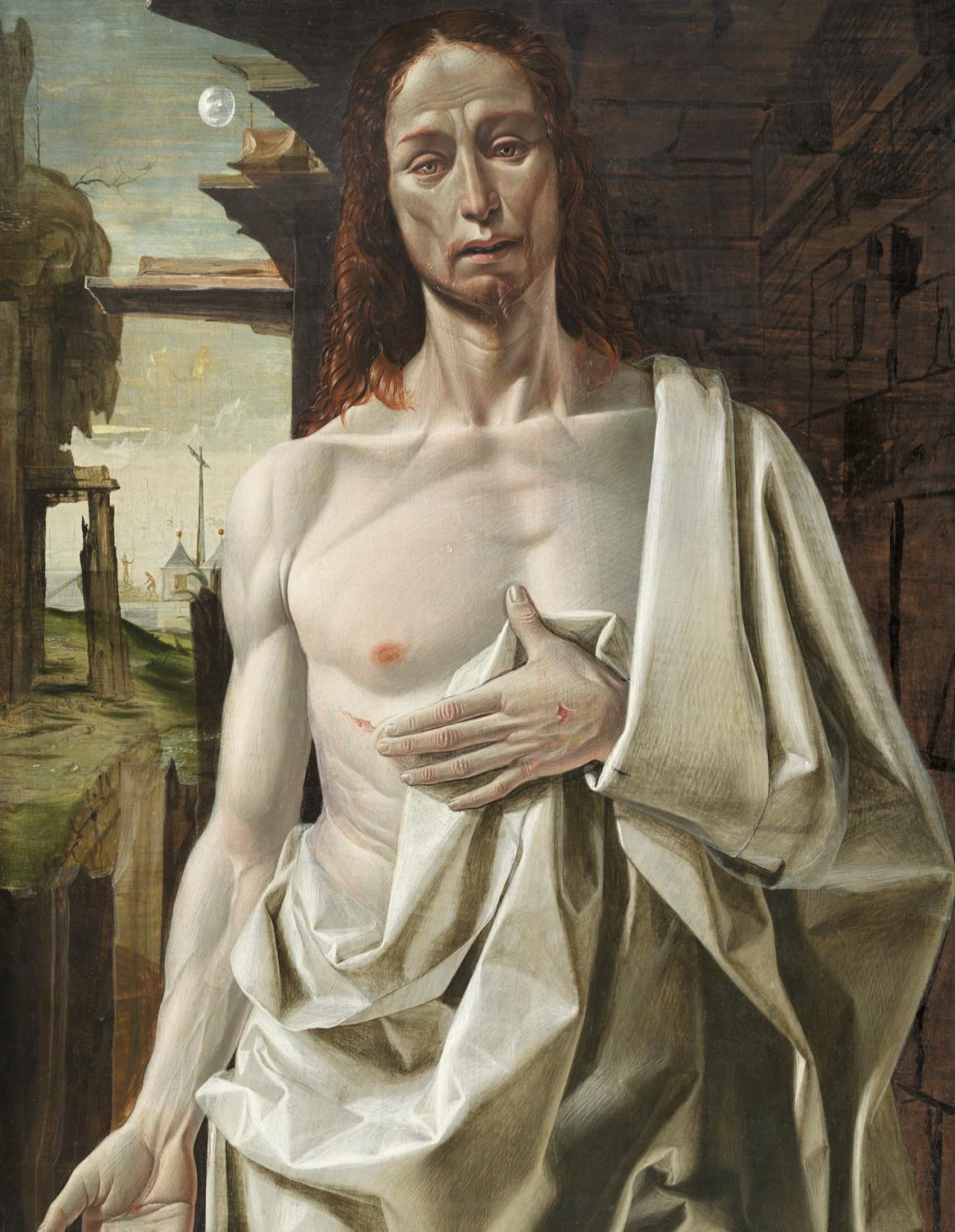
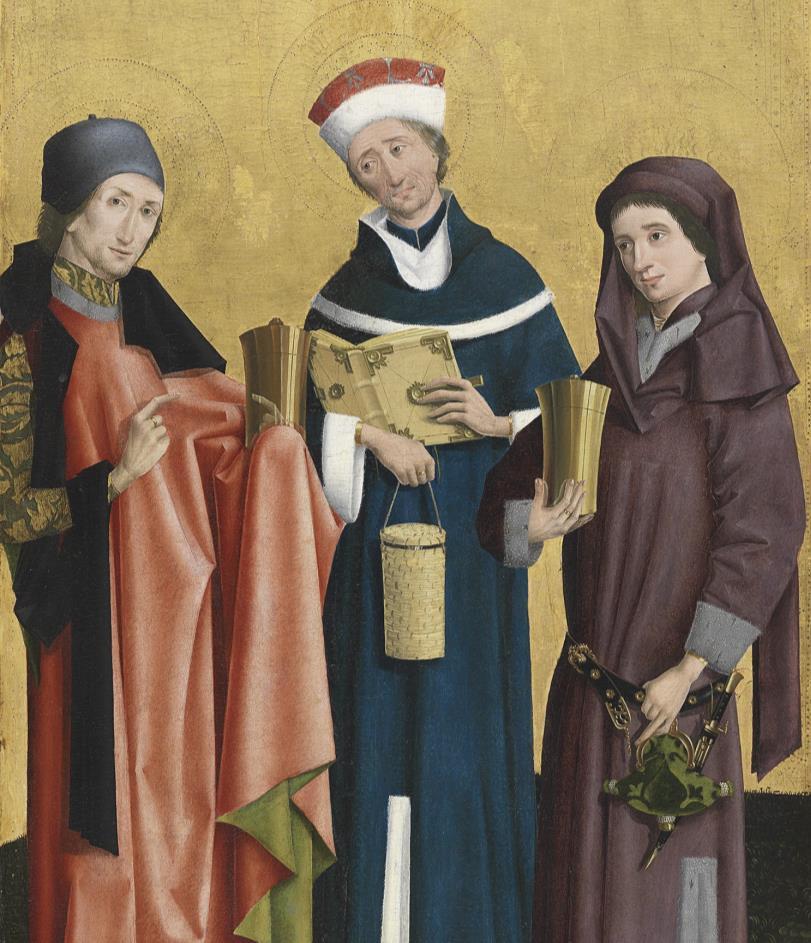
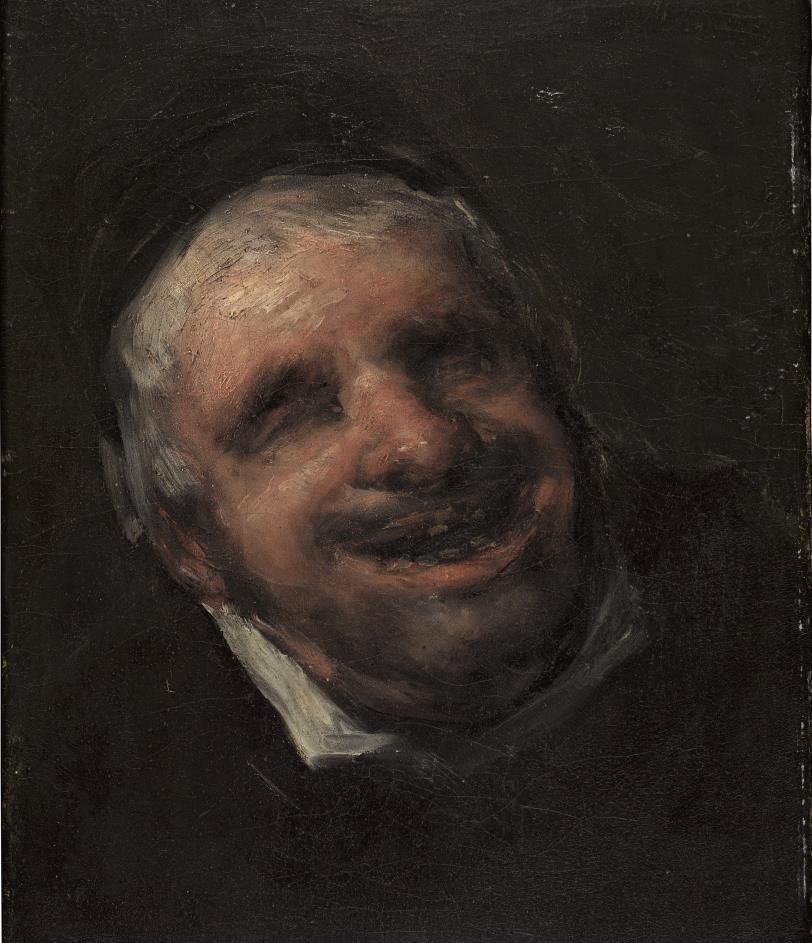
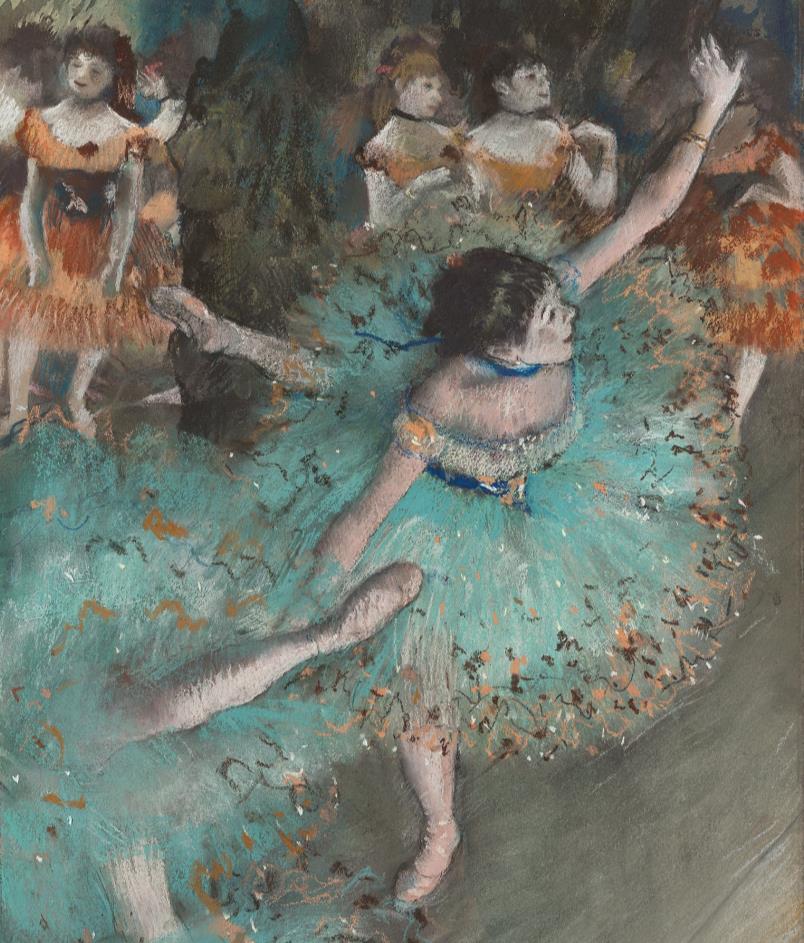
María Ruiz-Rivas Onsés
Corporate Events and space rental manager
mruizrivas@museothyssen.org
+ 34 91 369 03 61
+34 649 791 345
